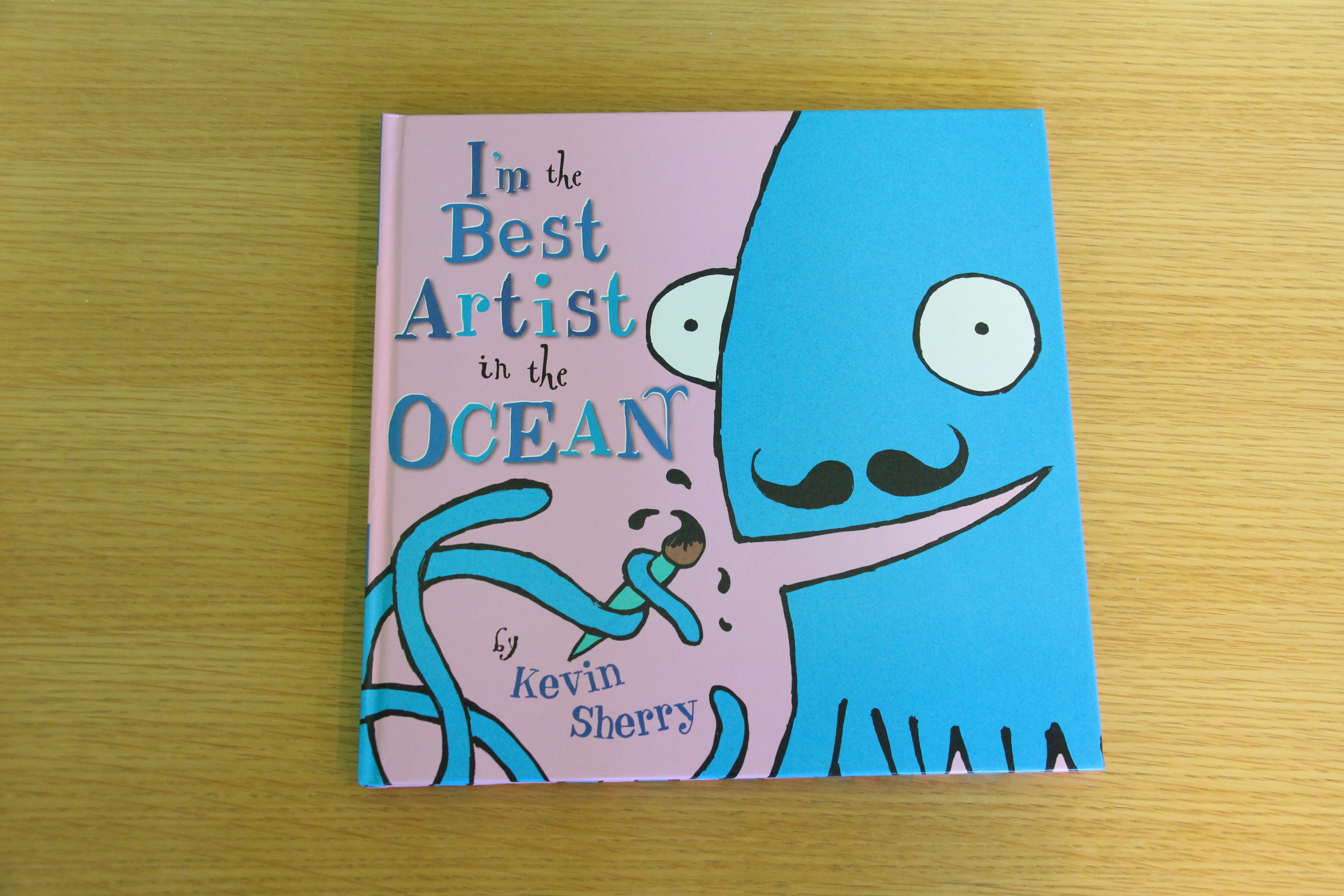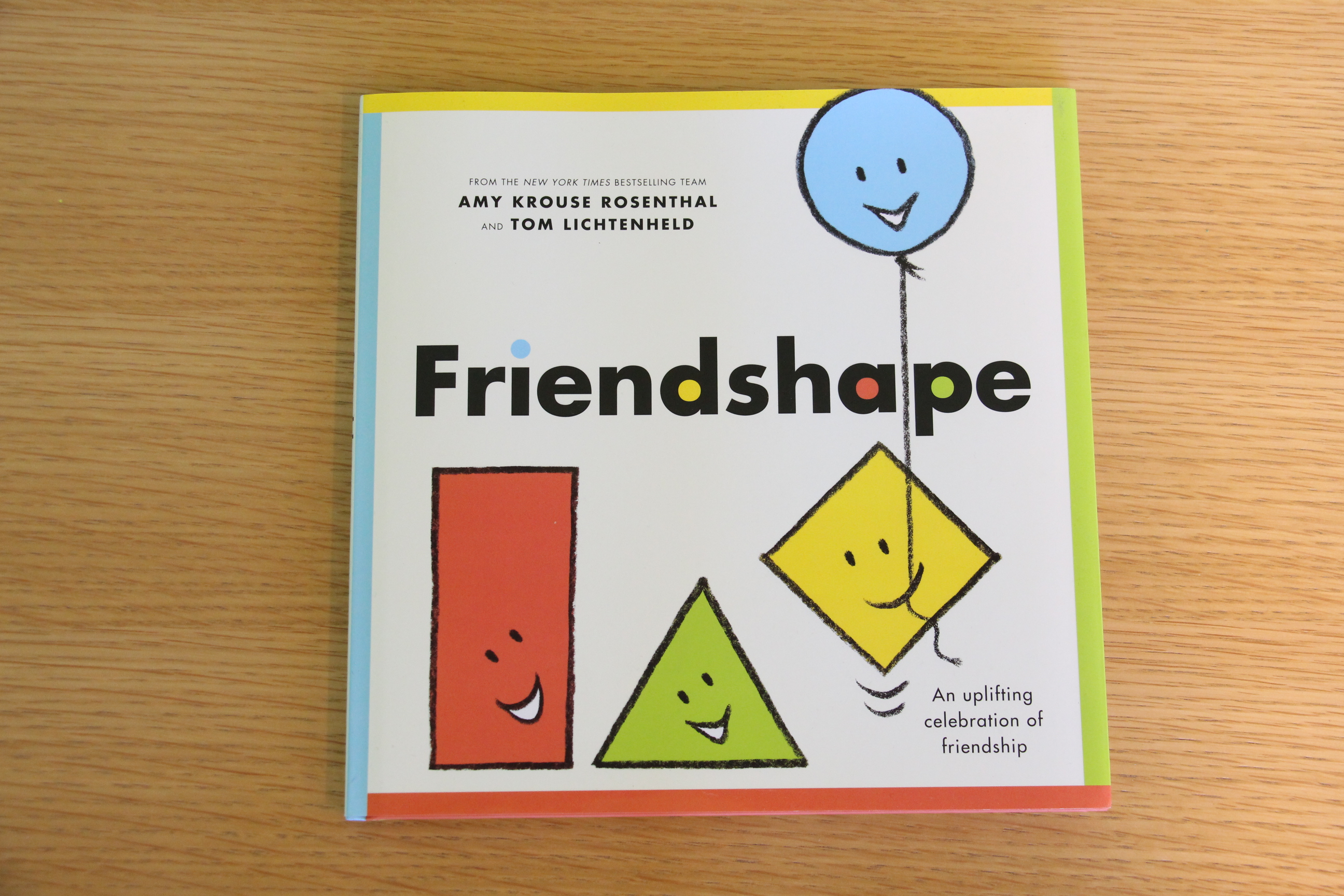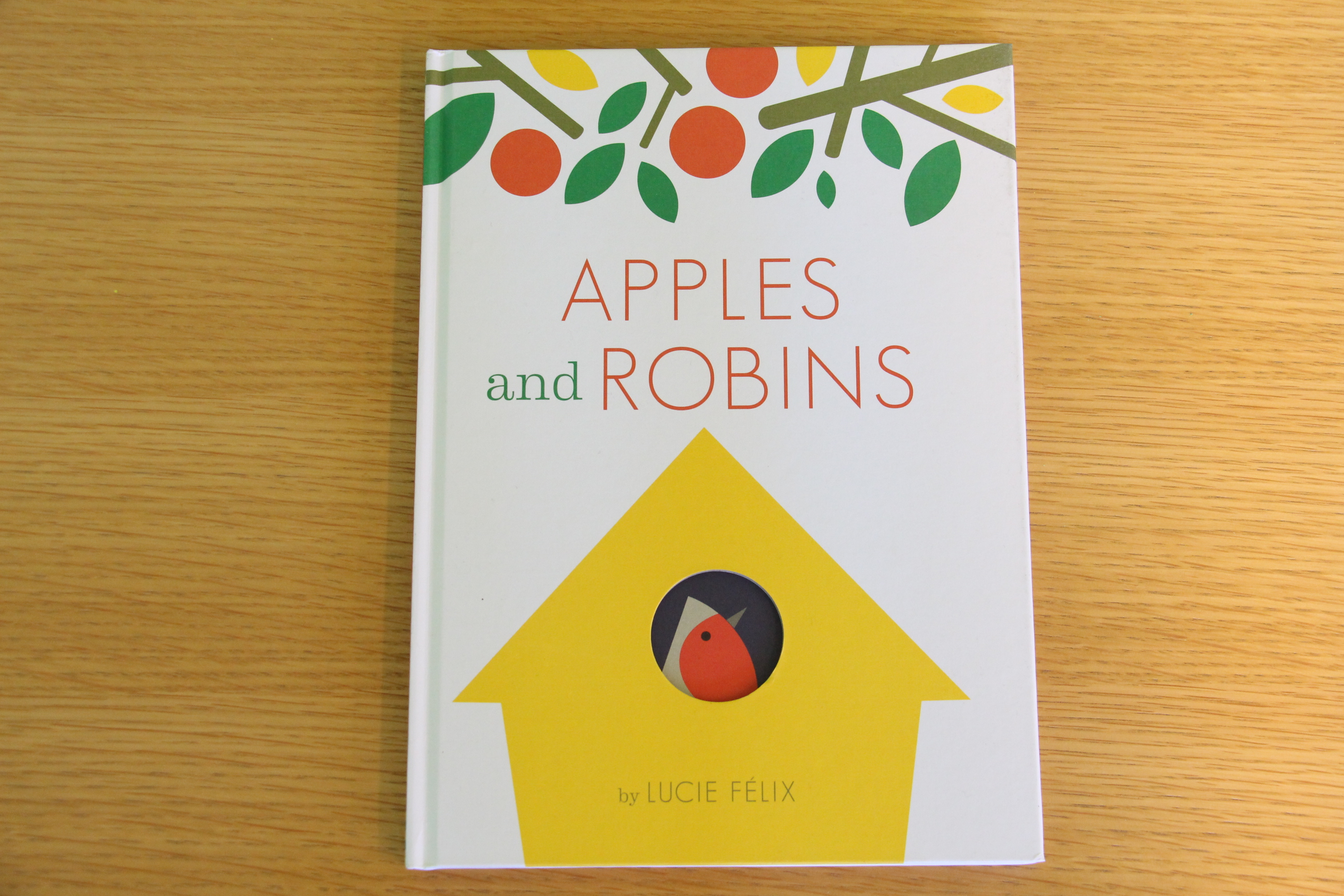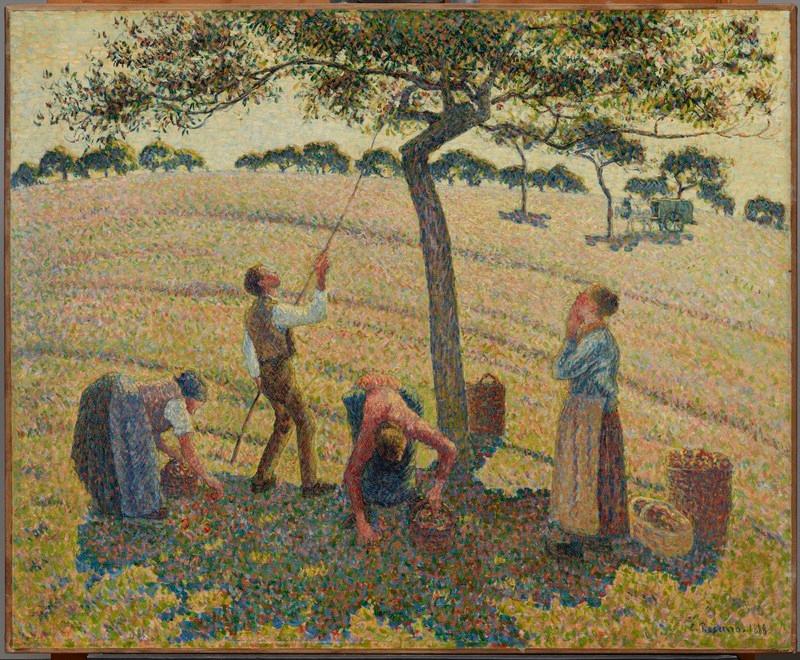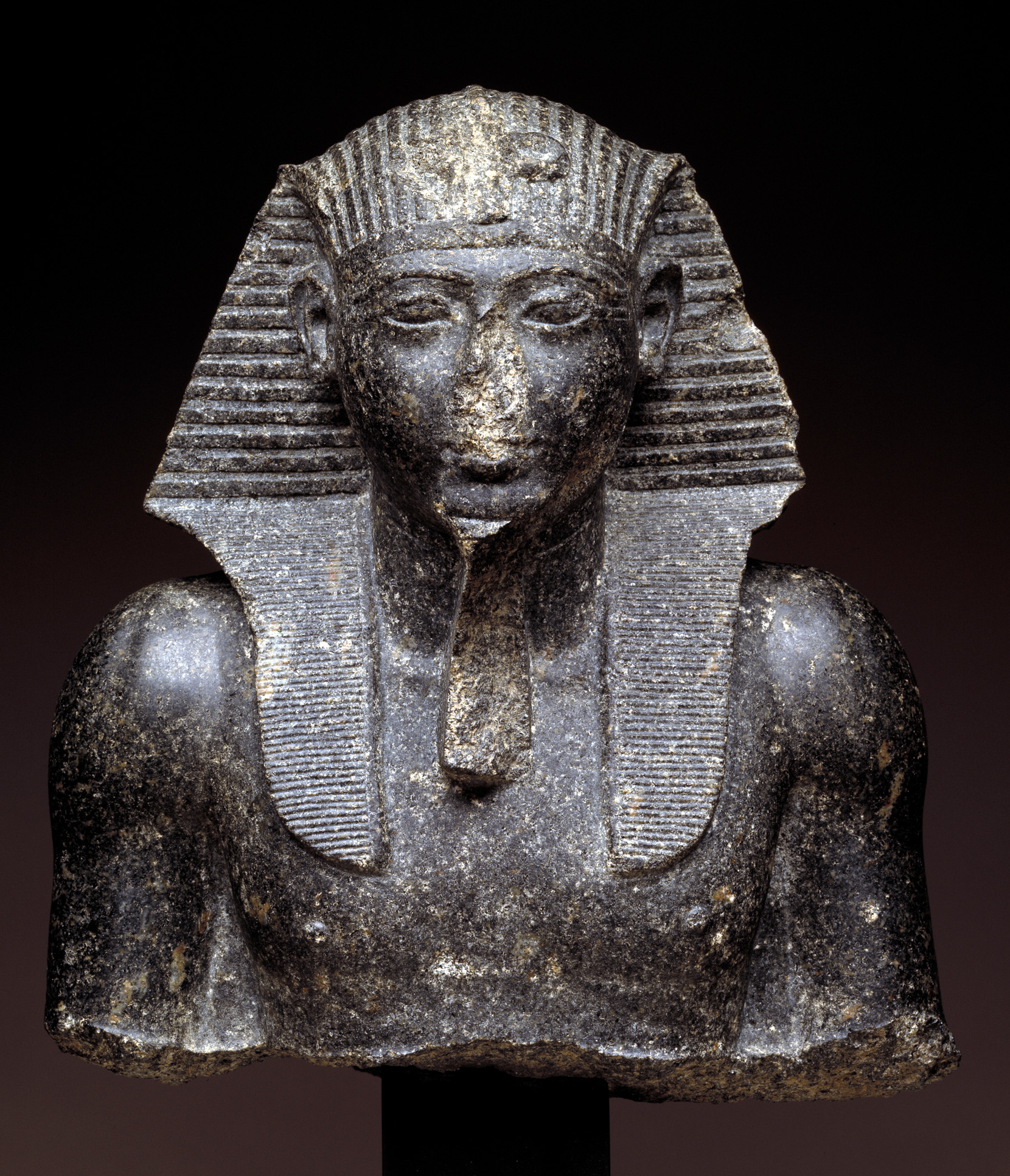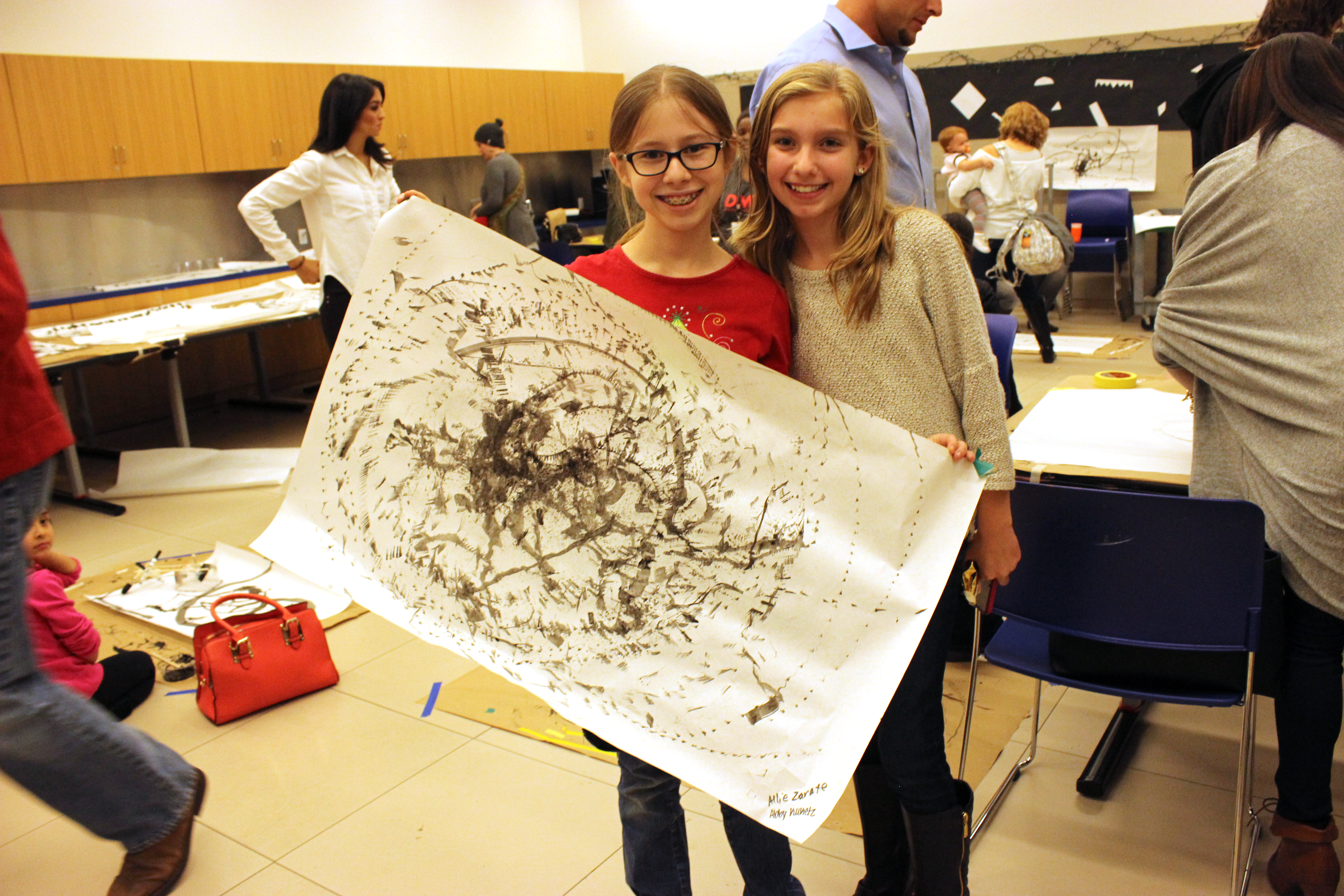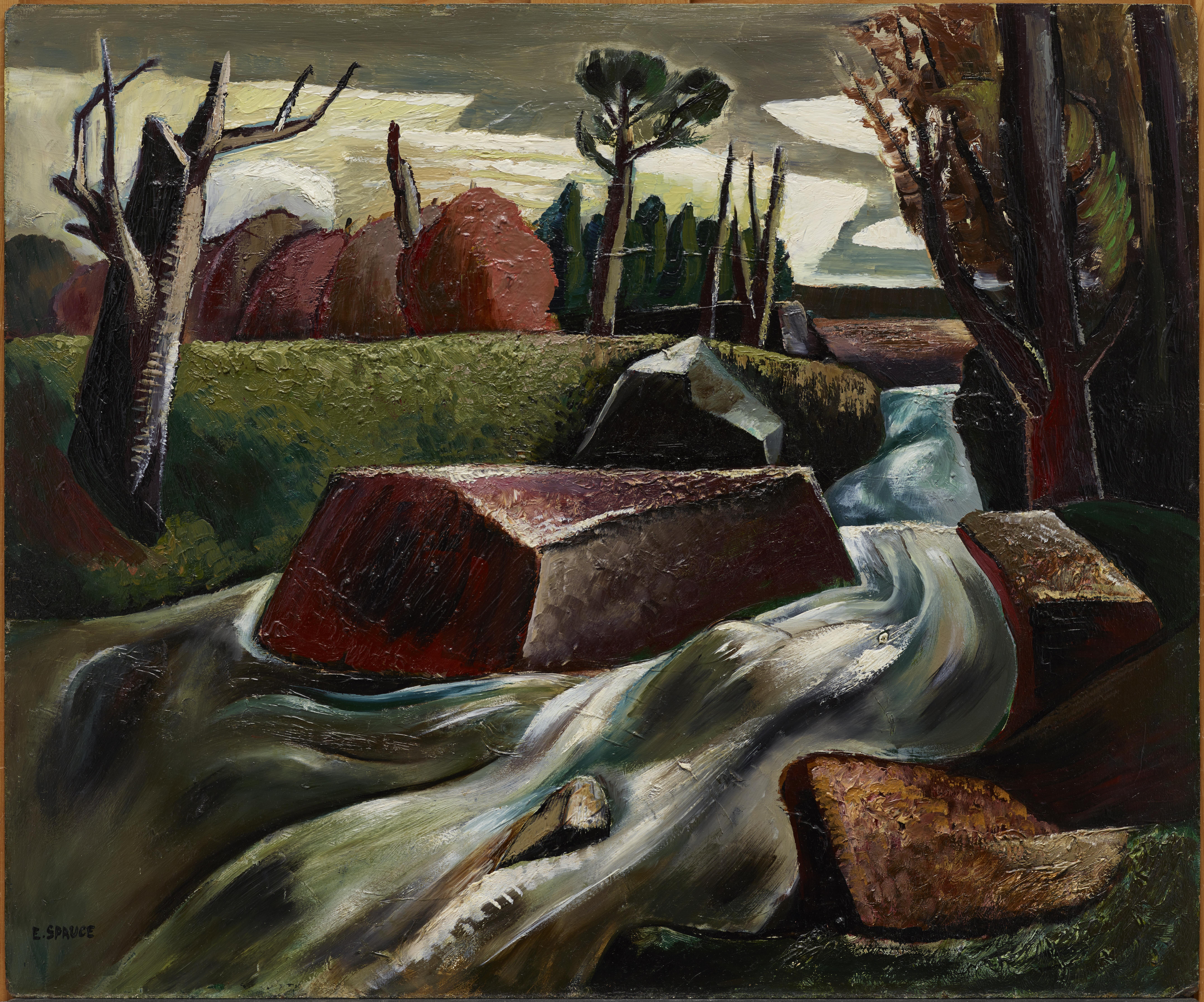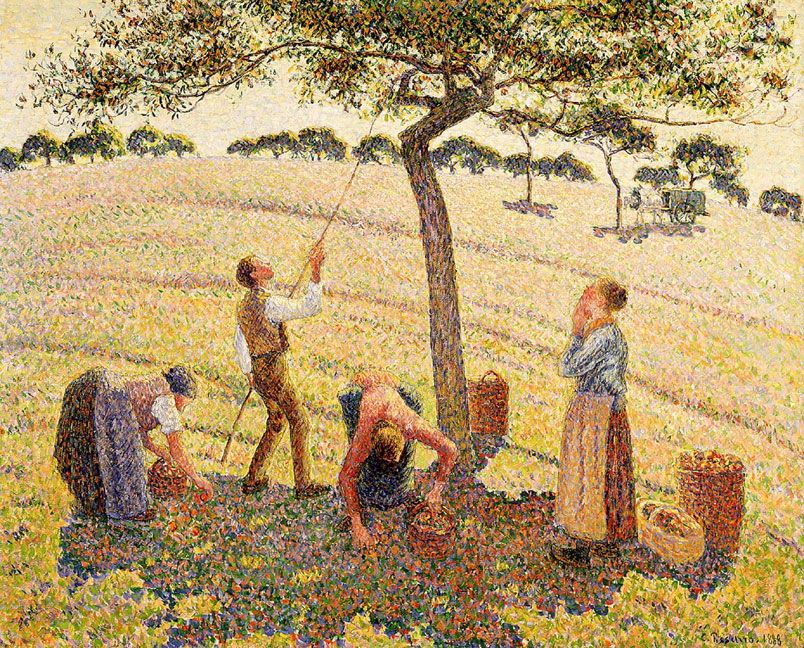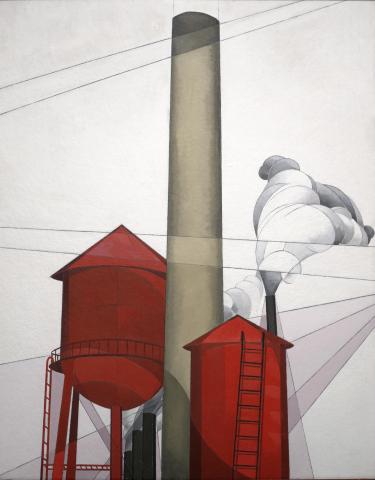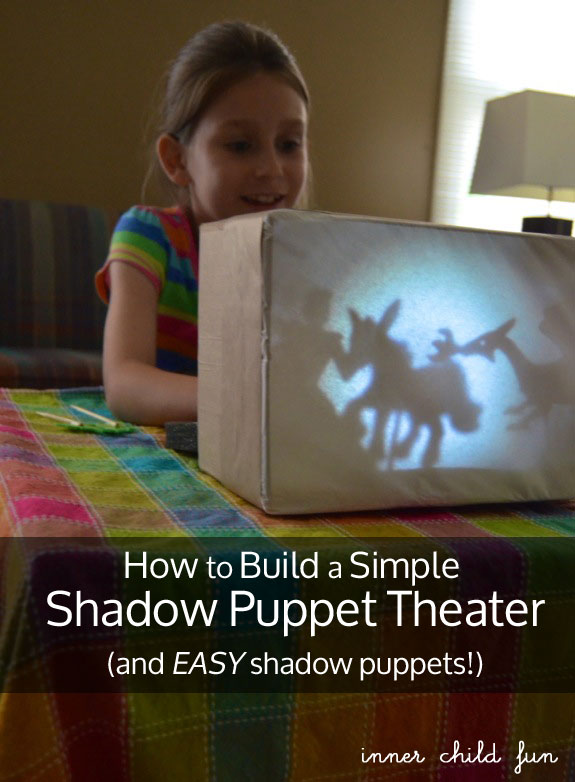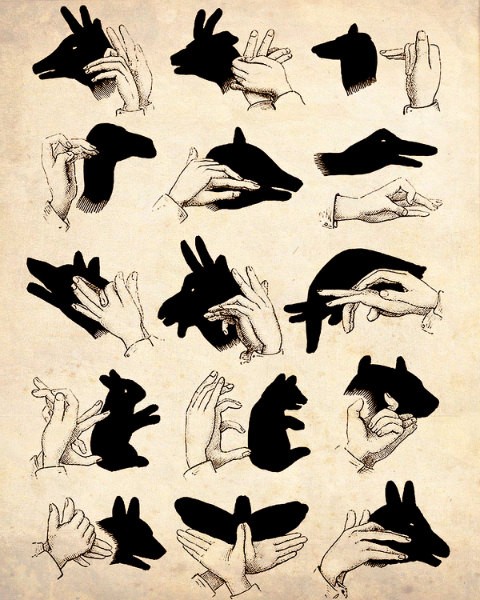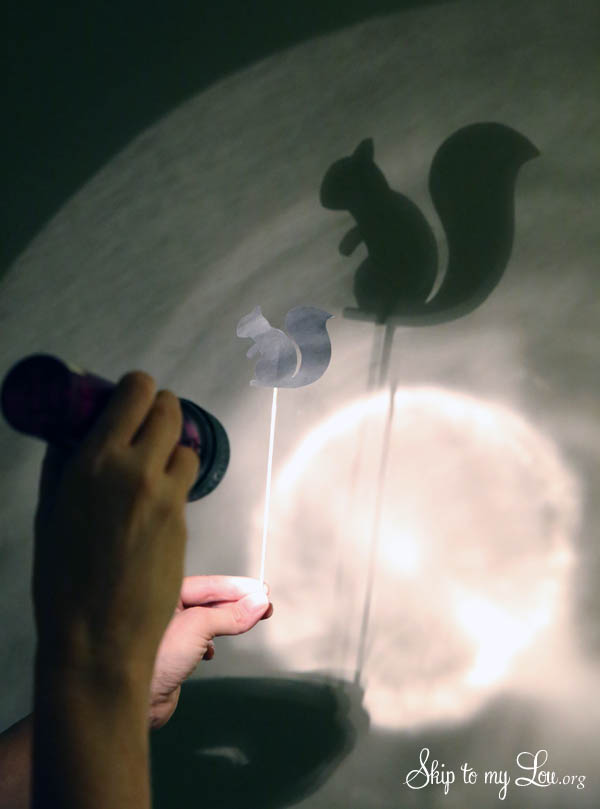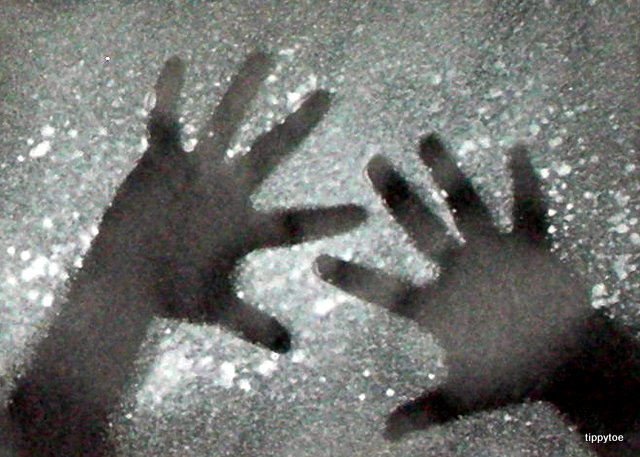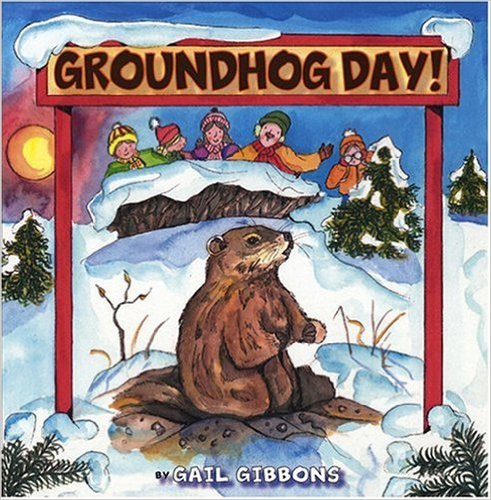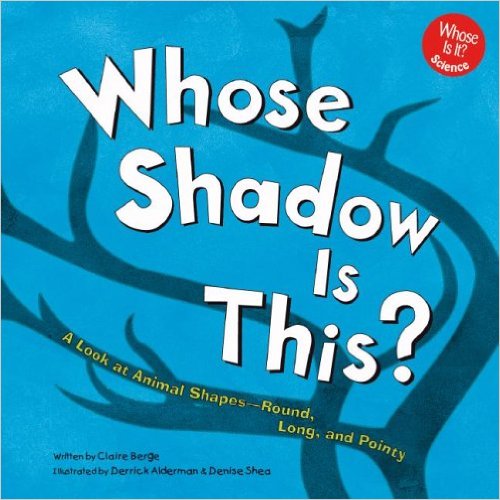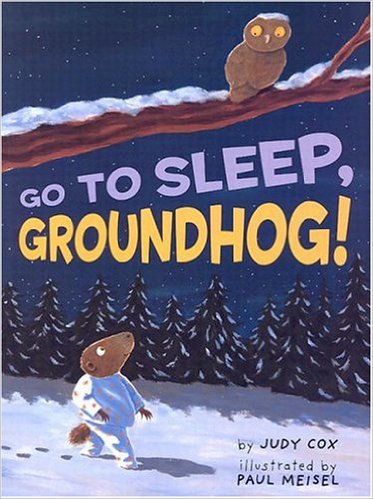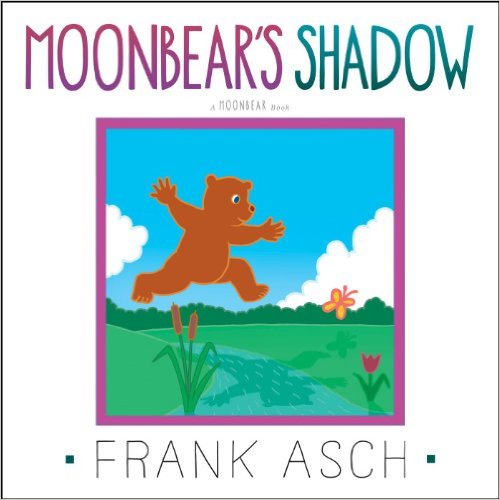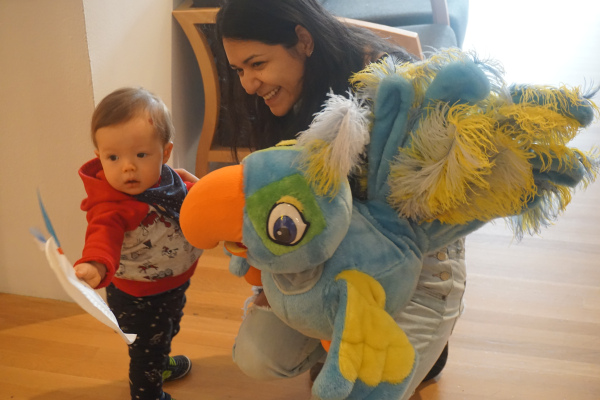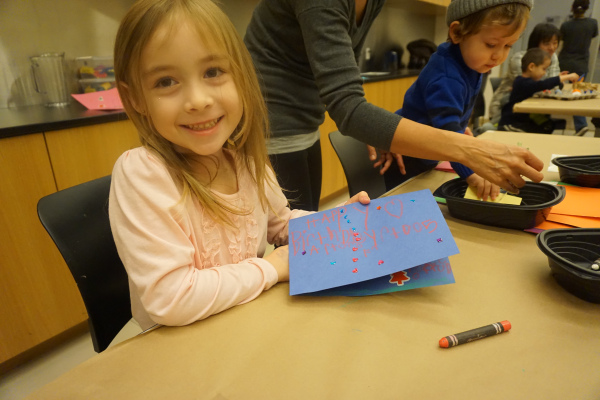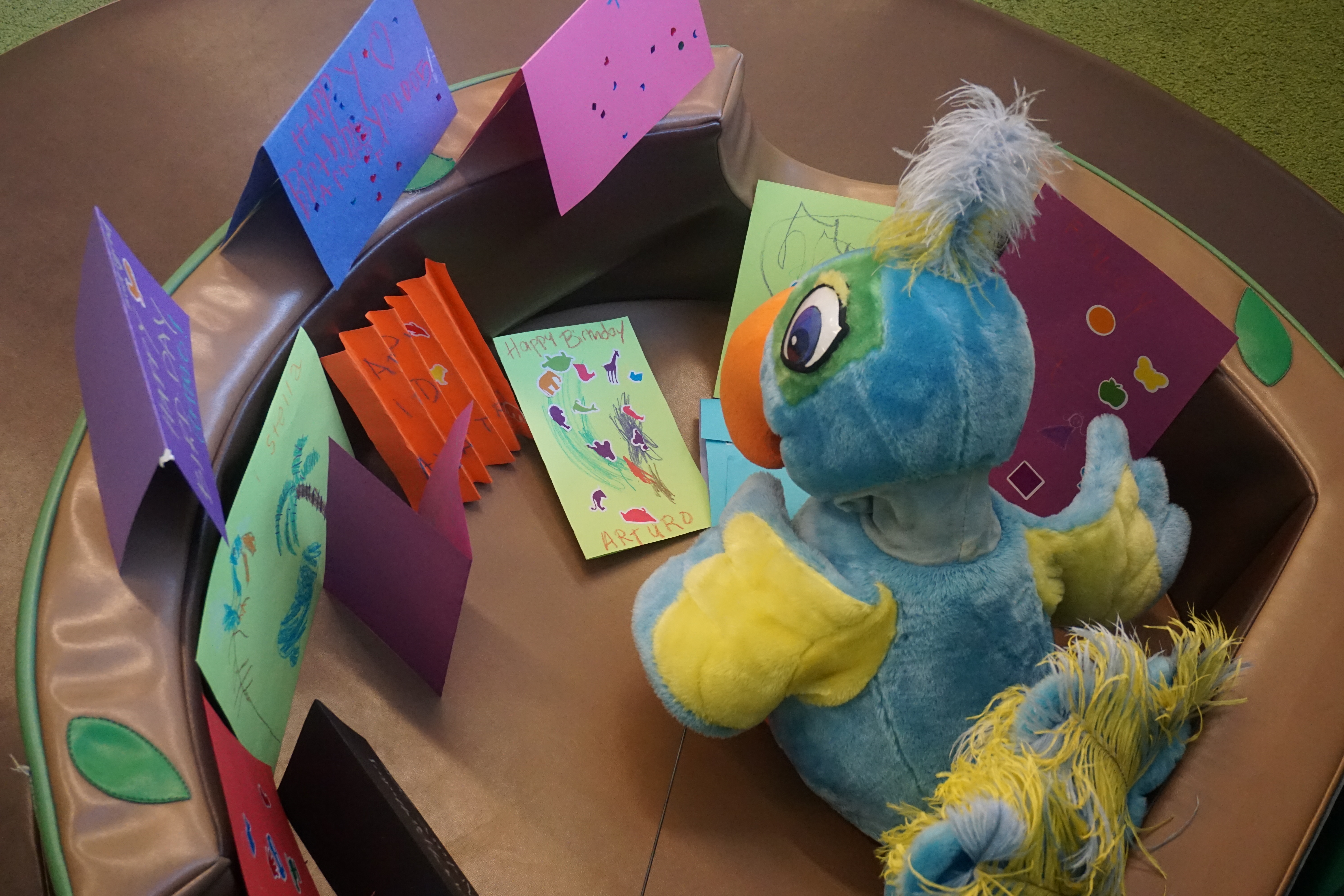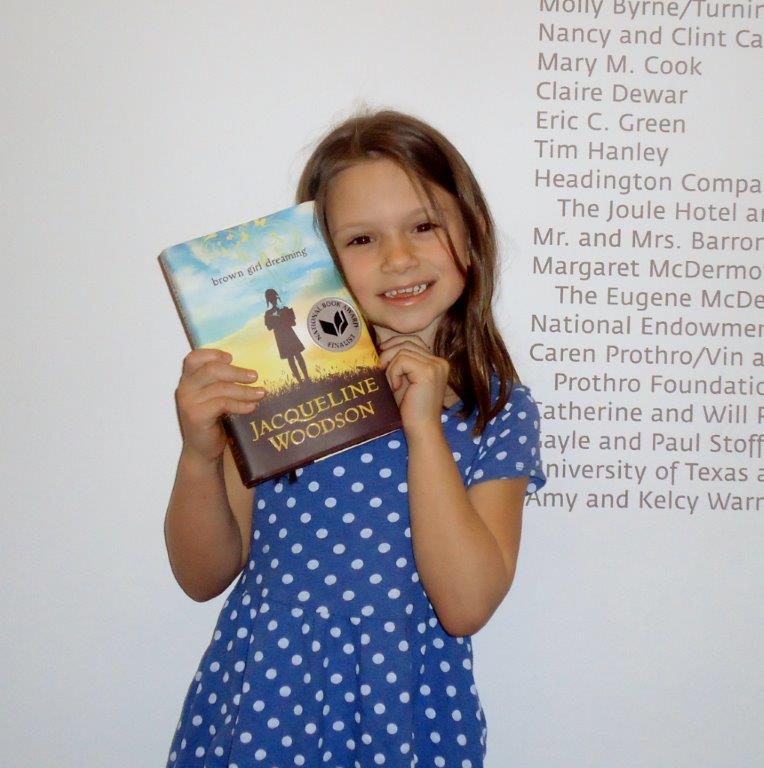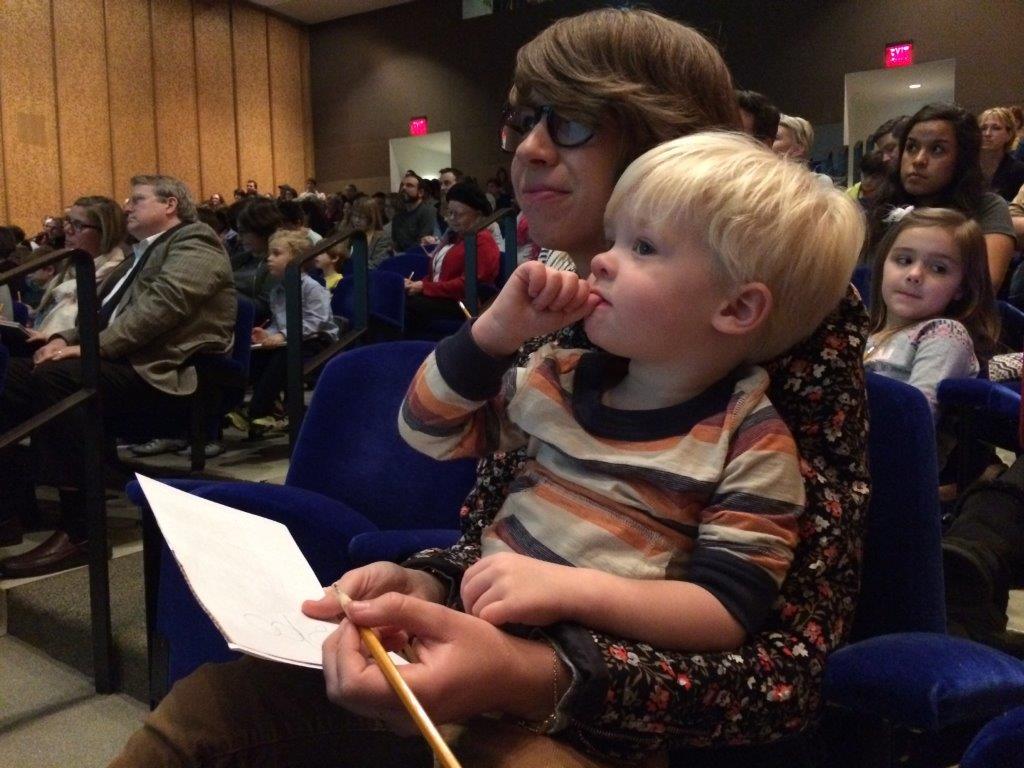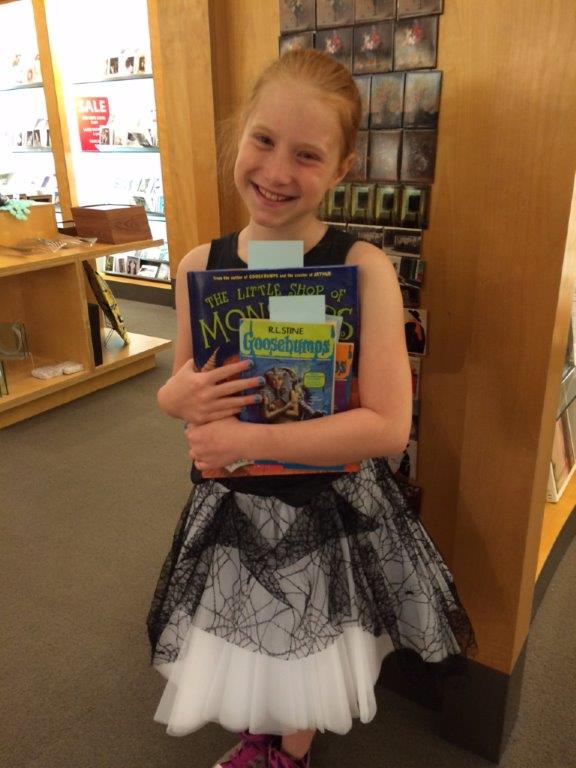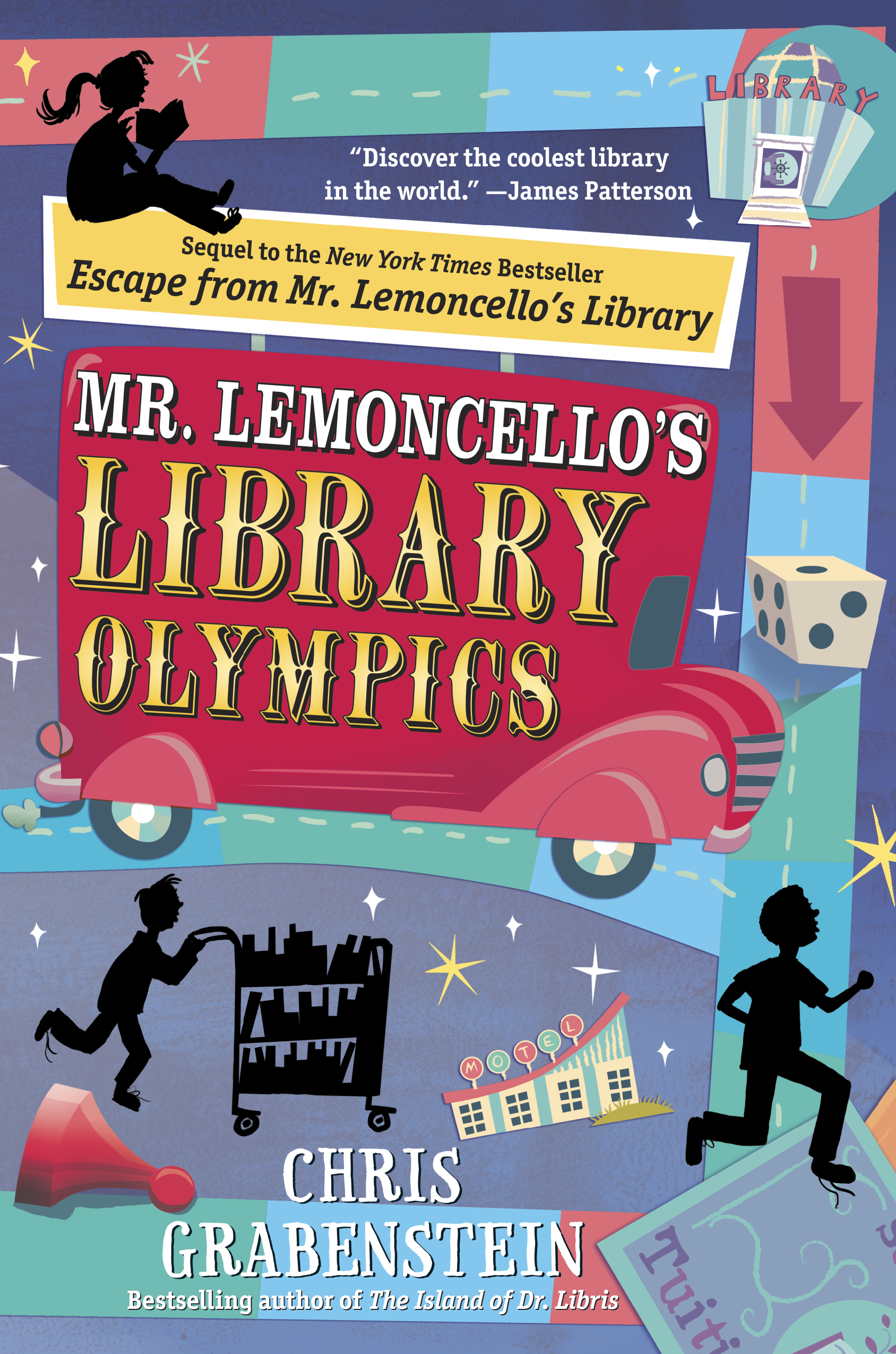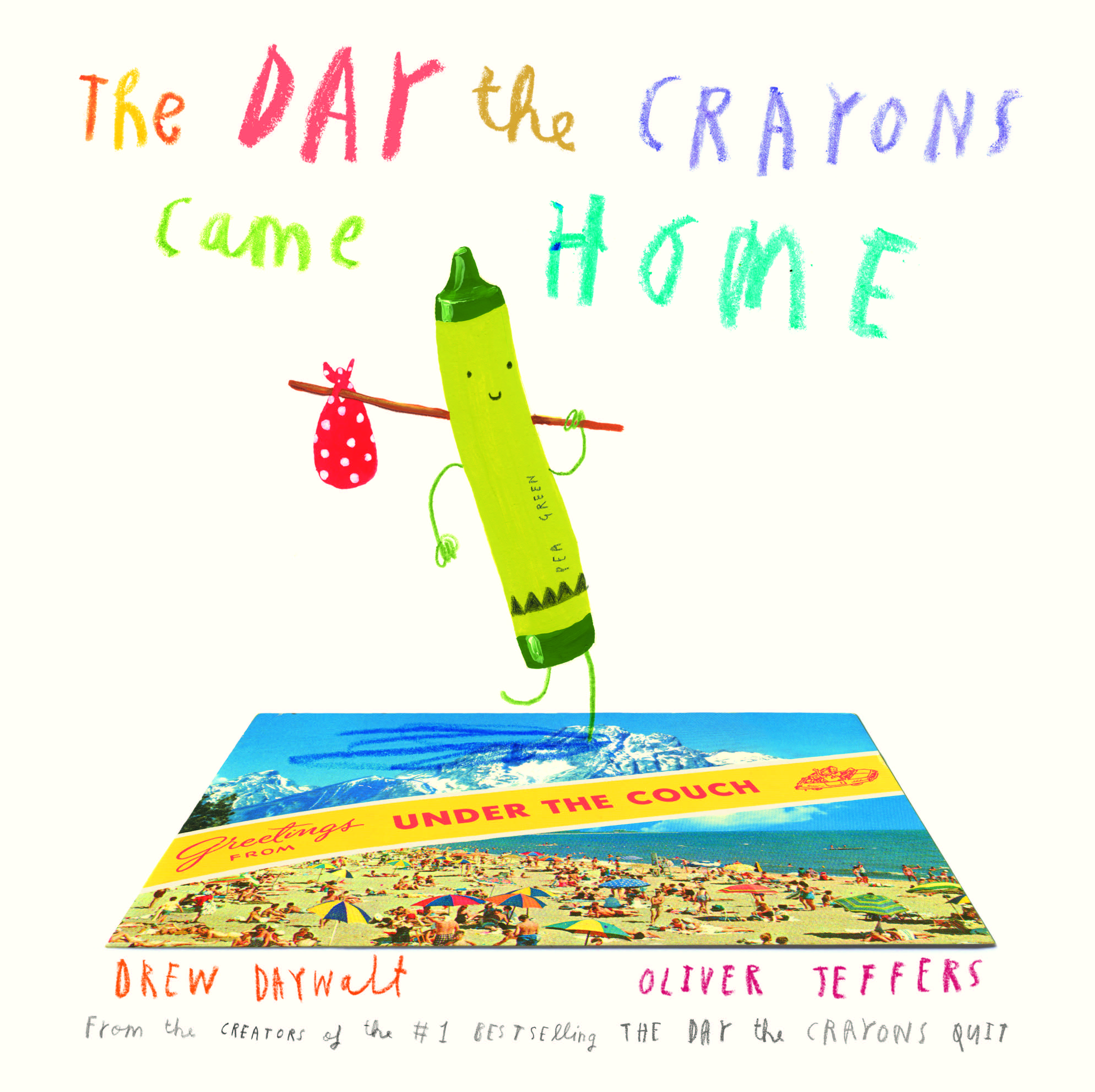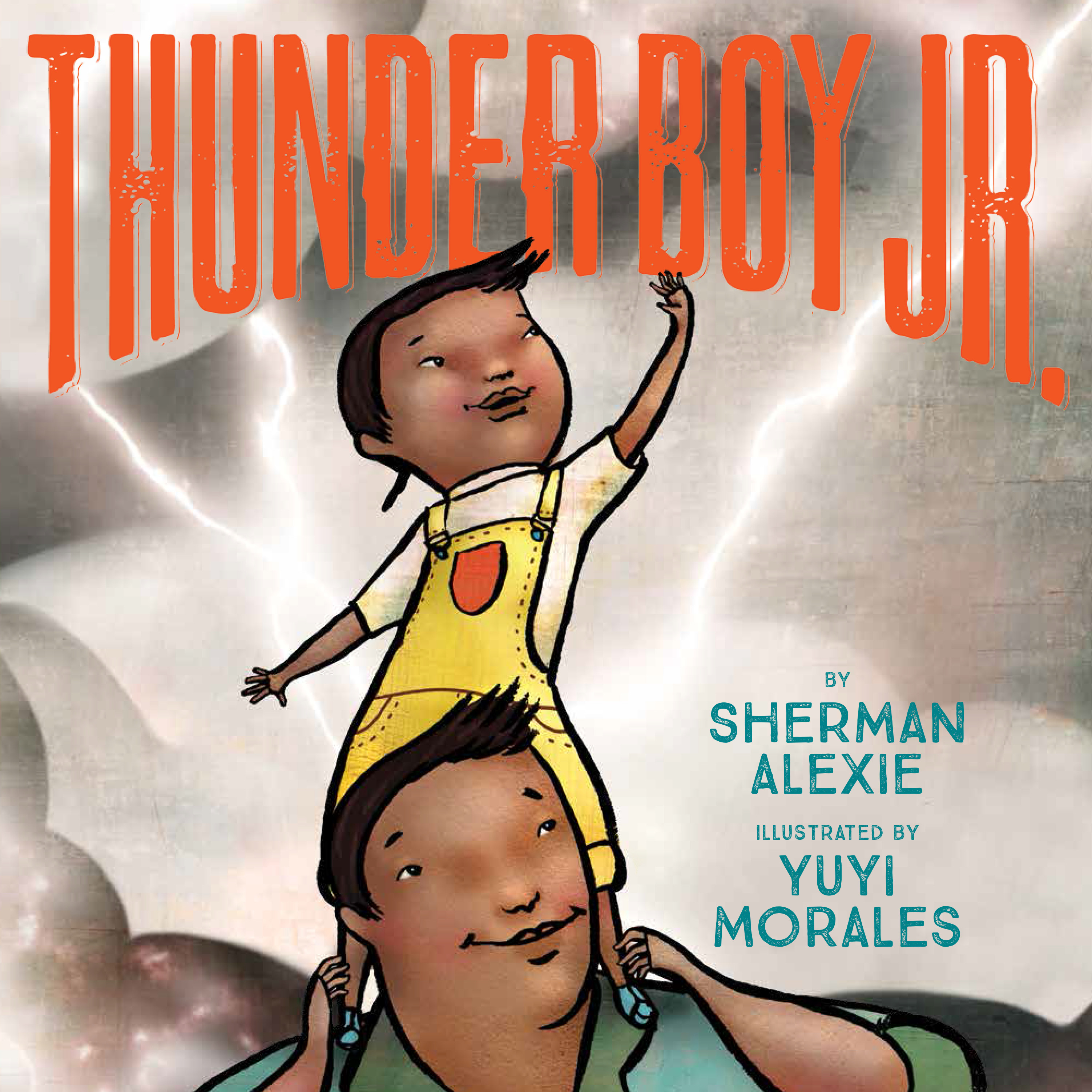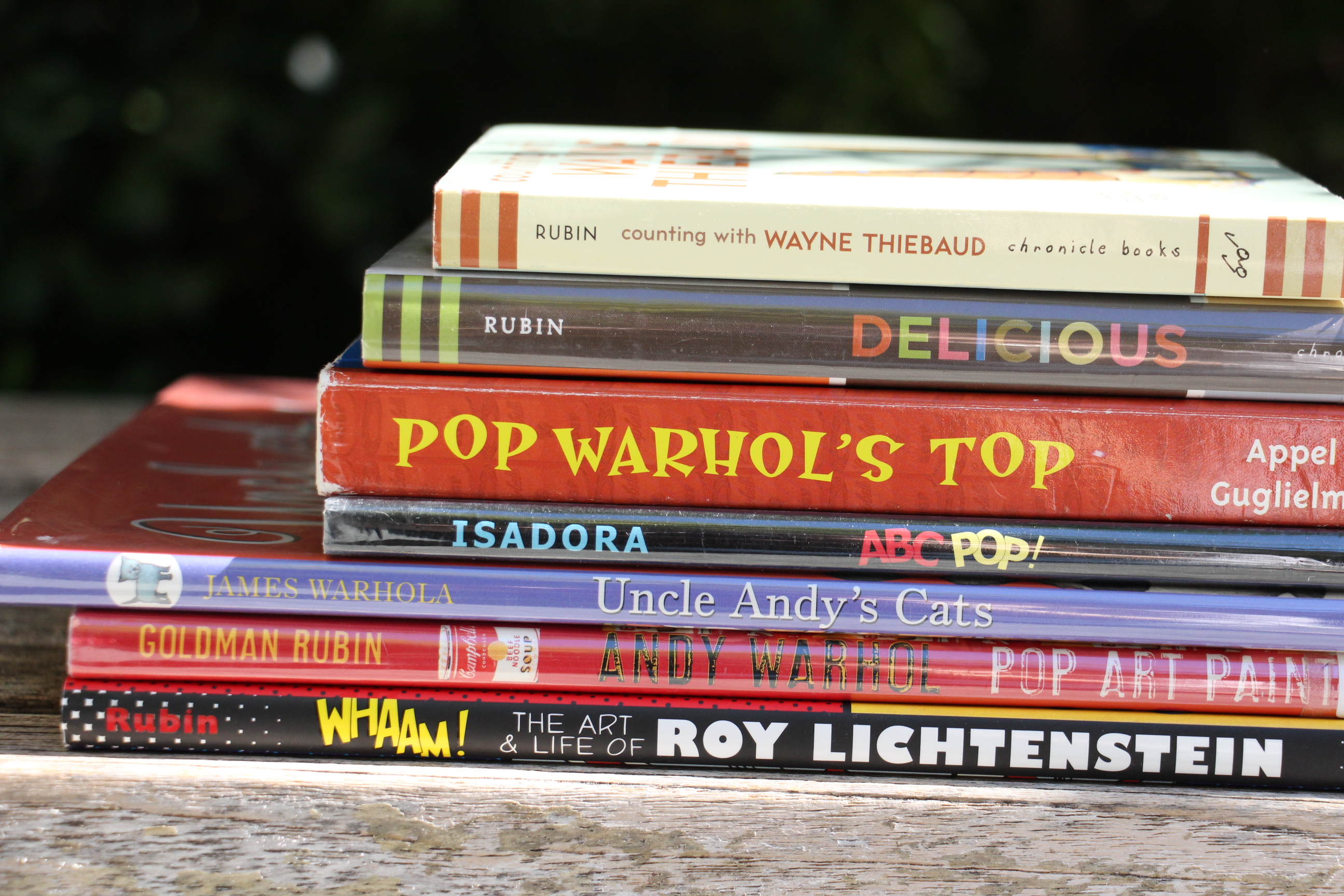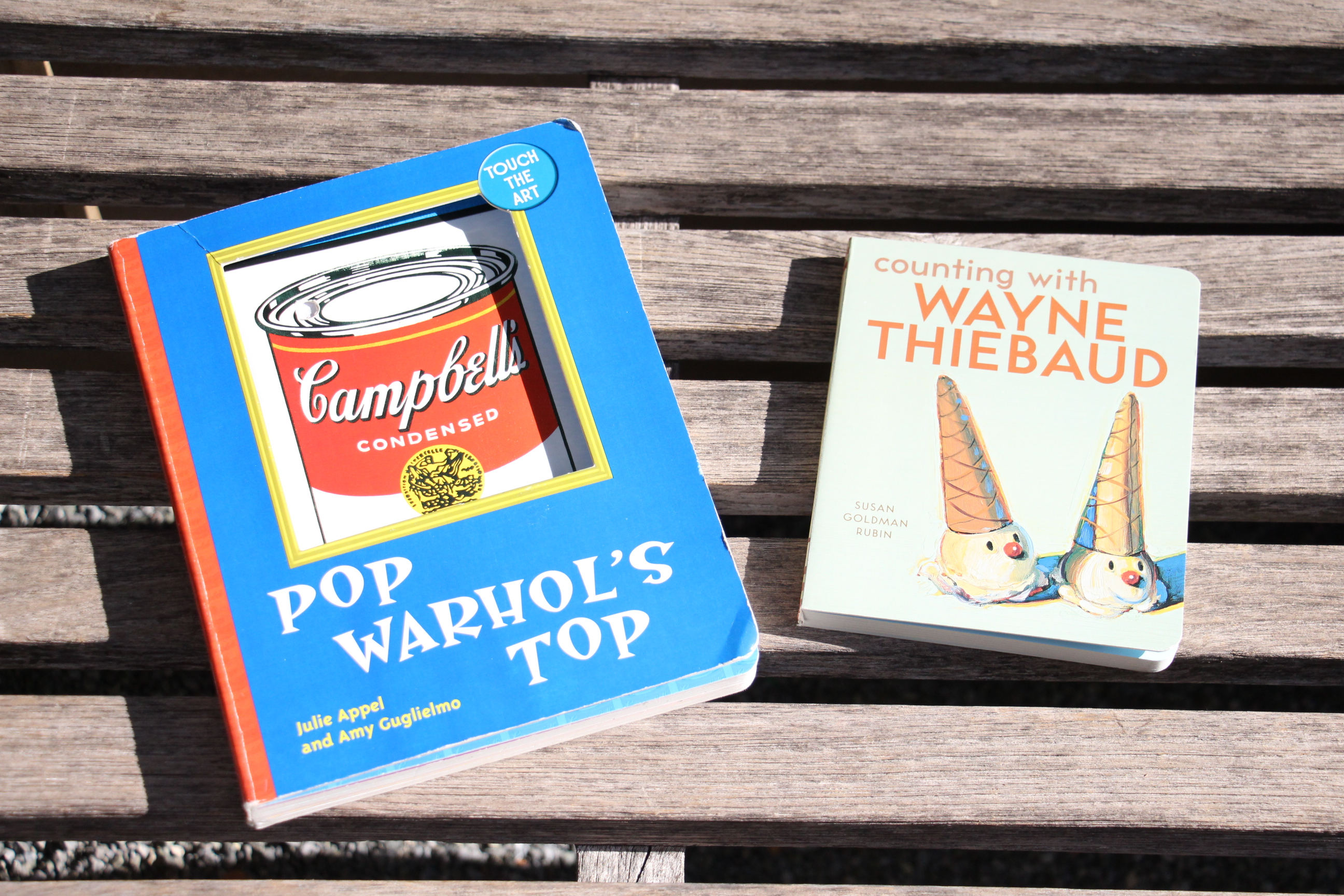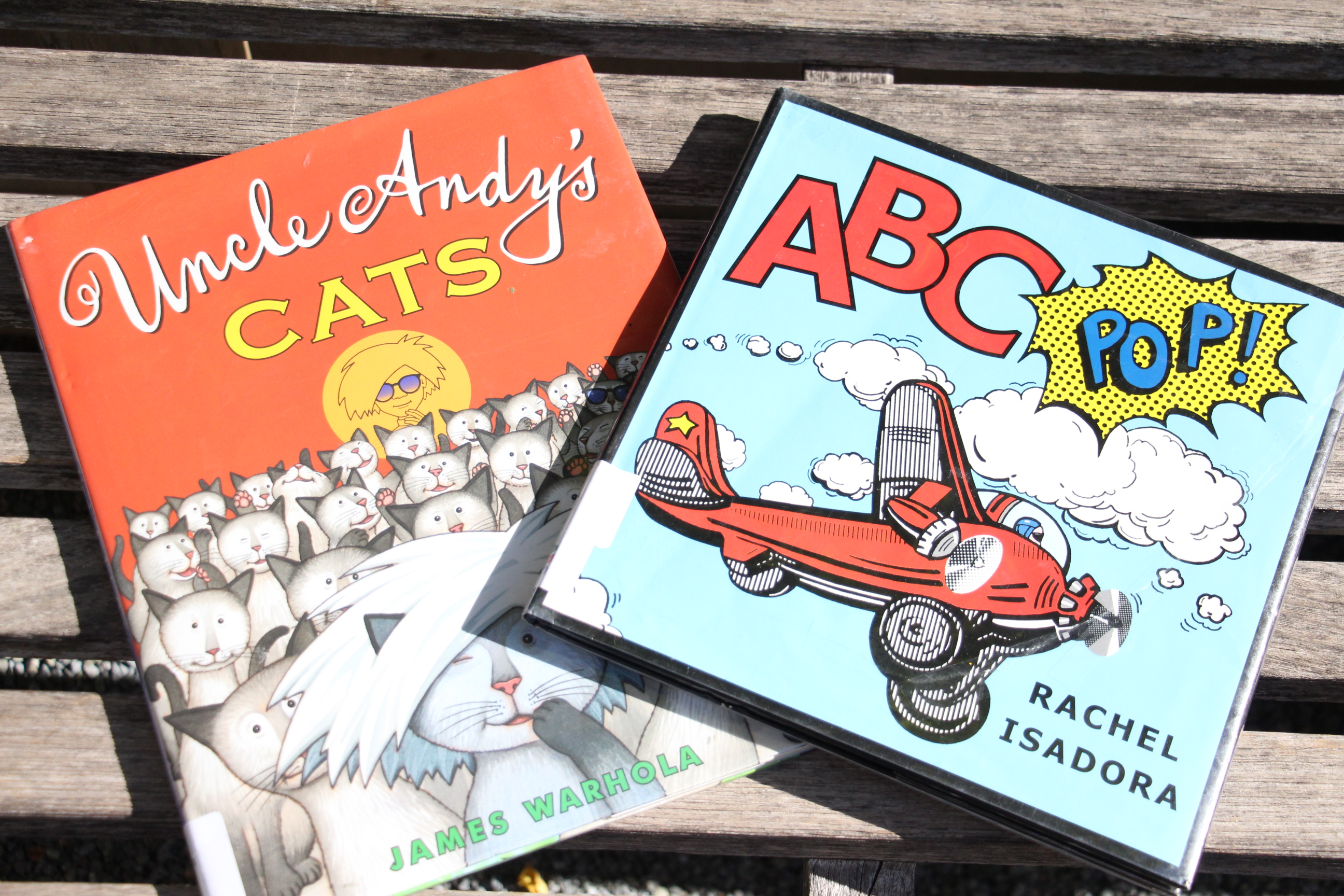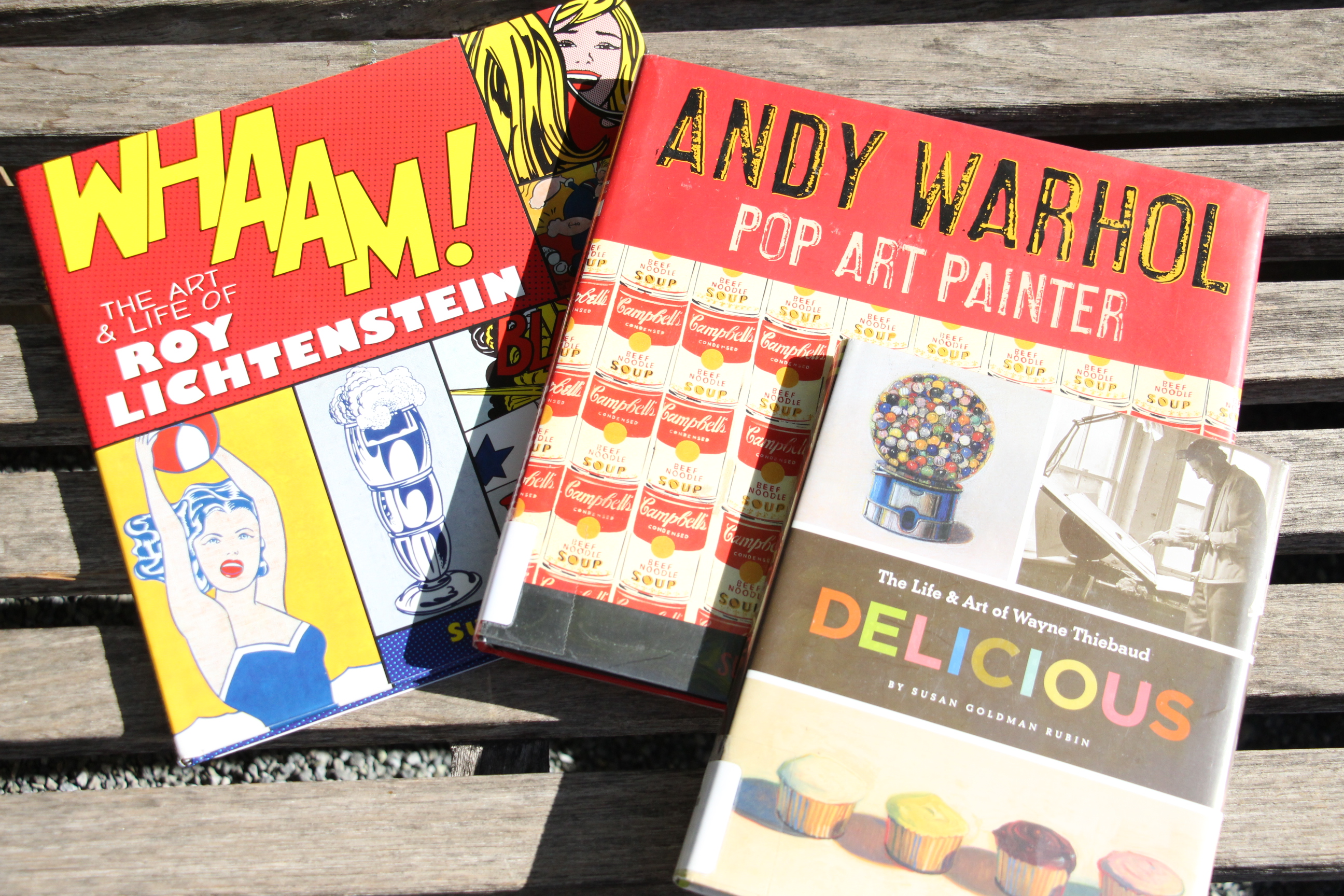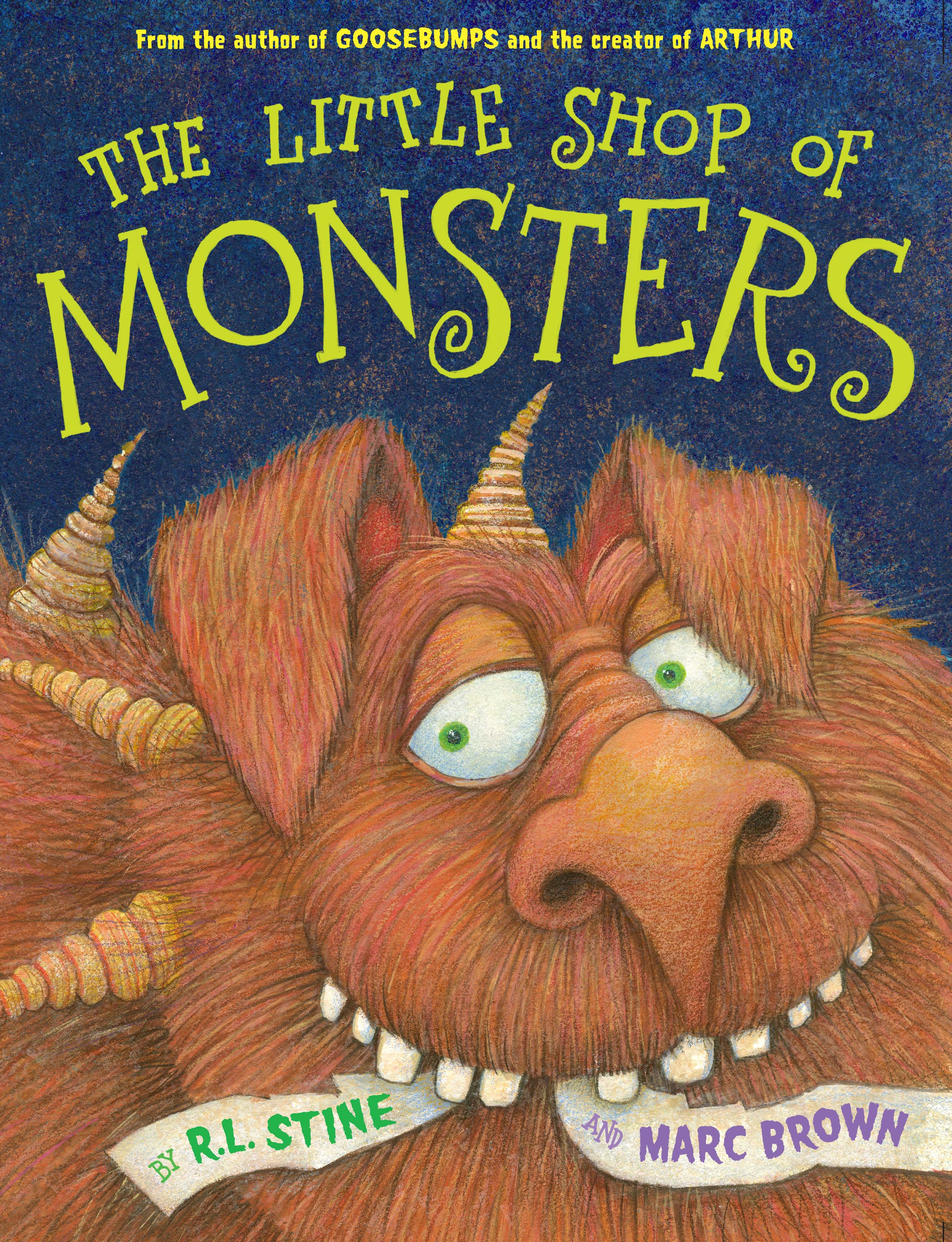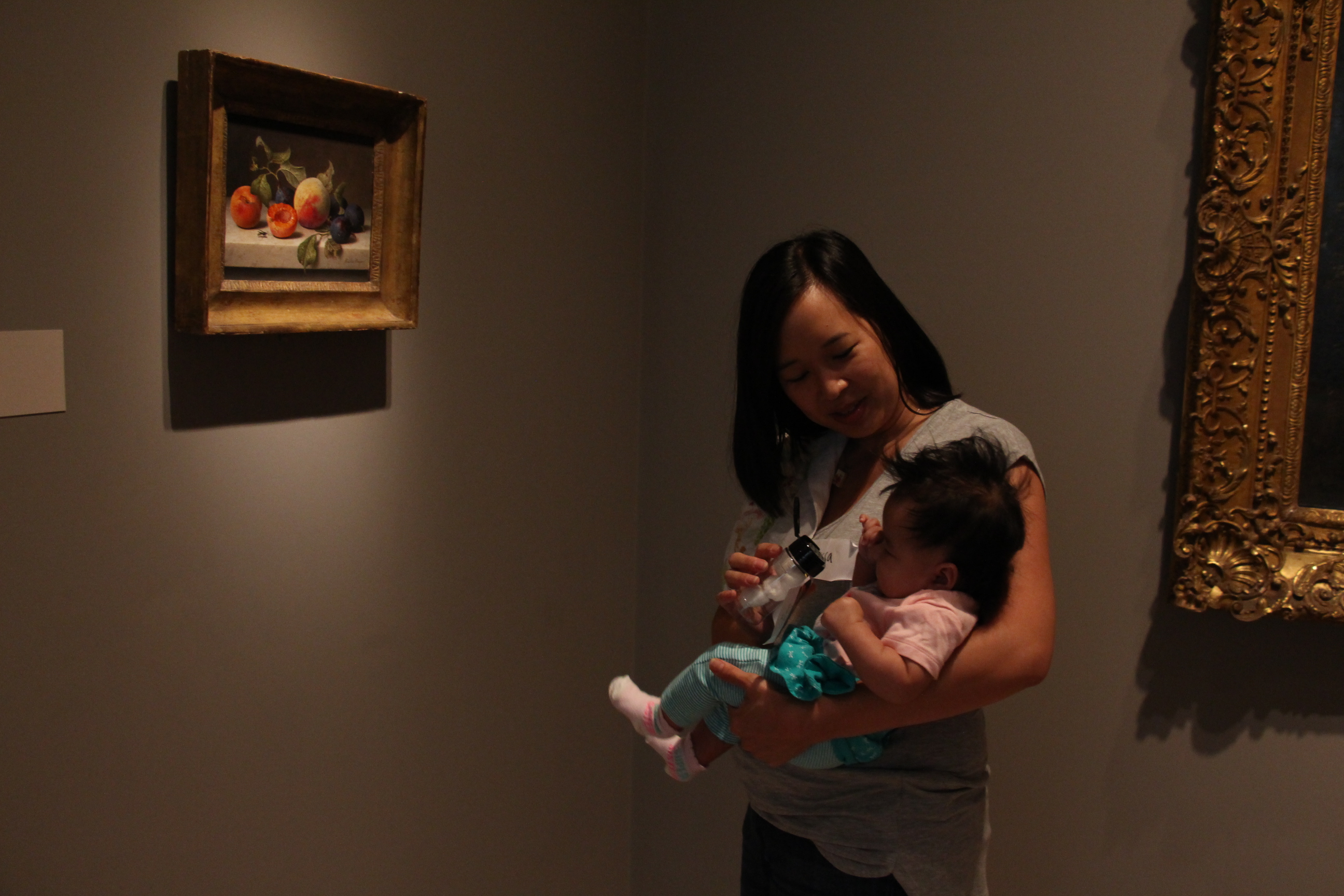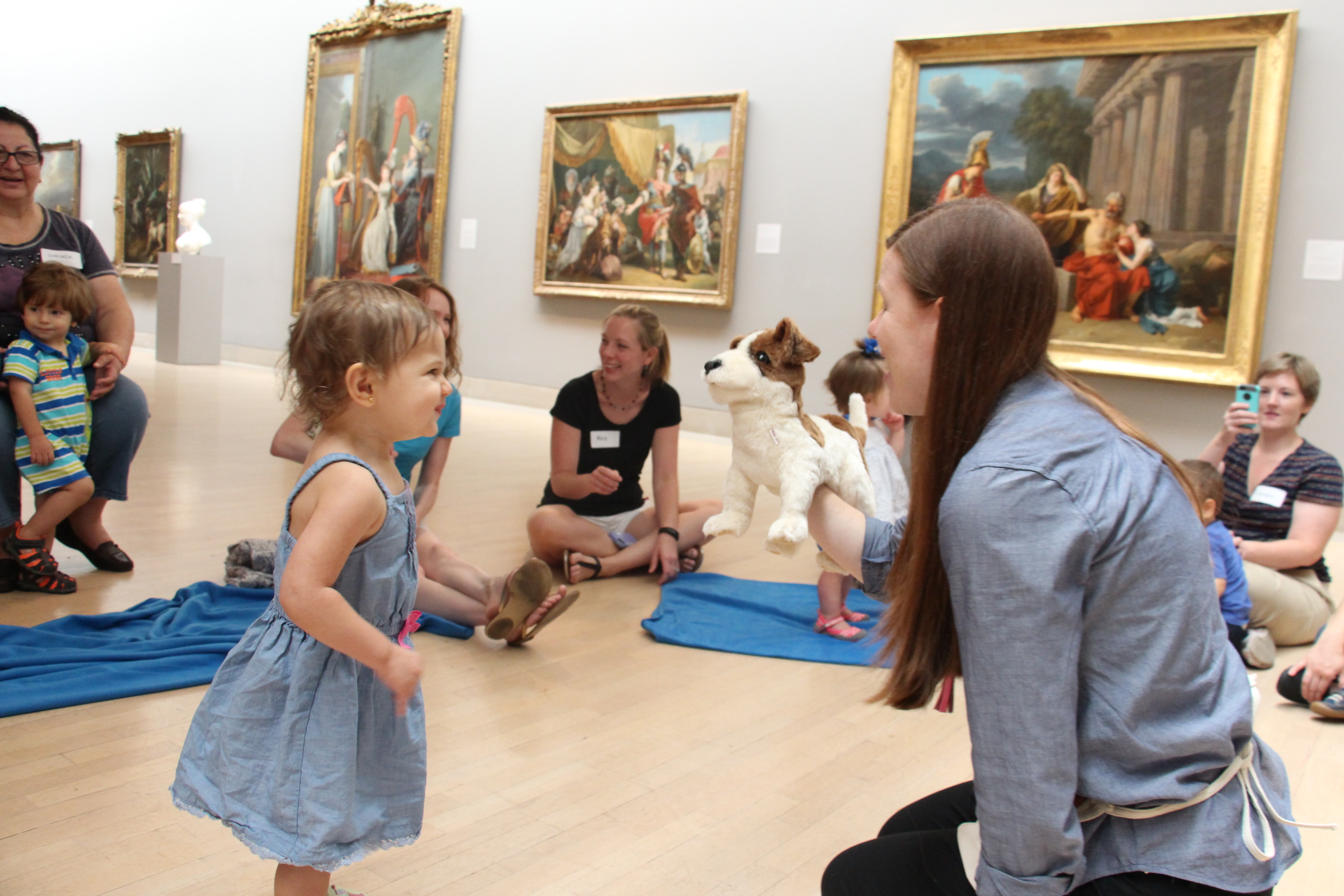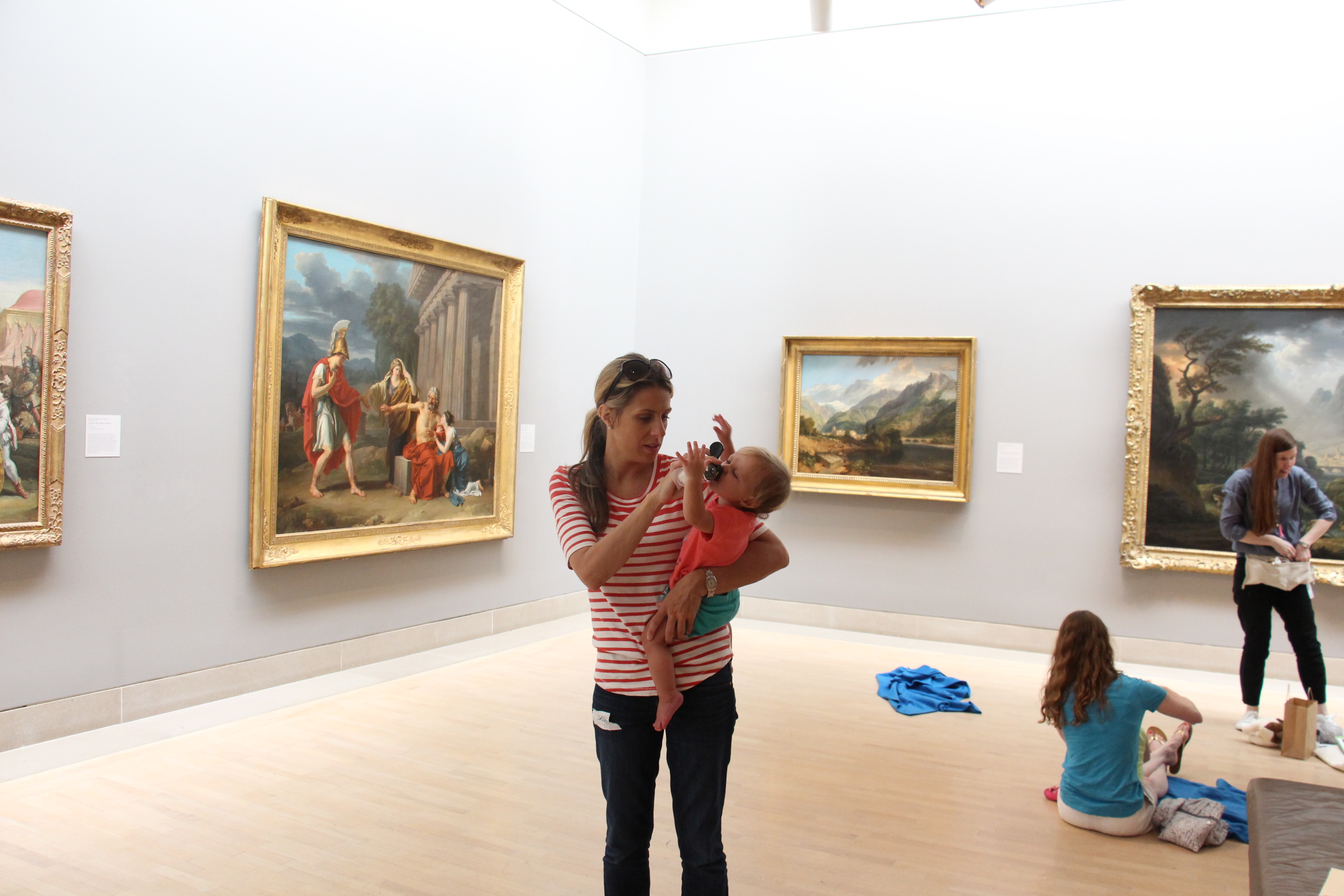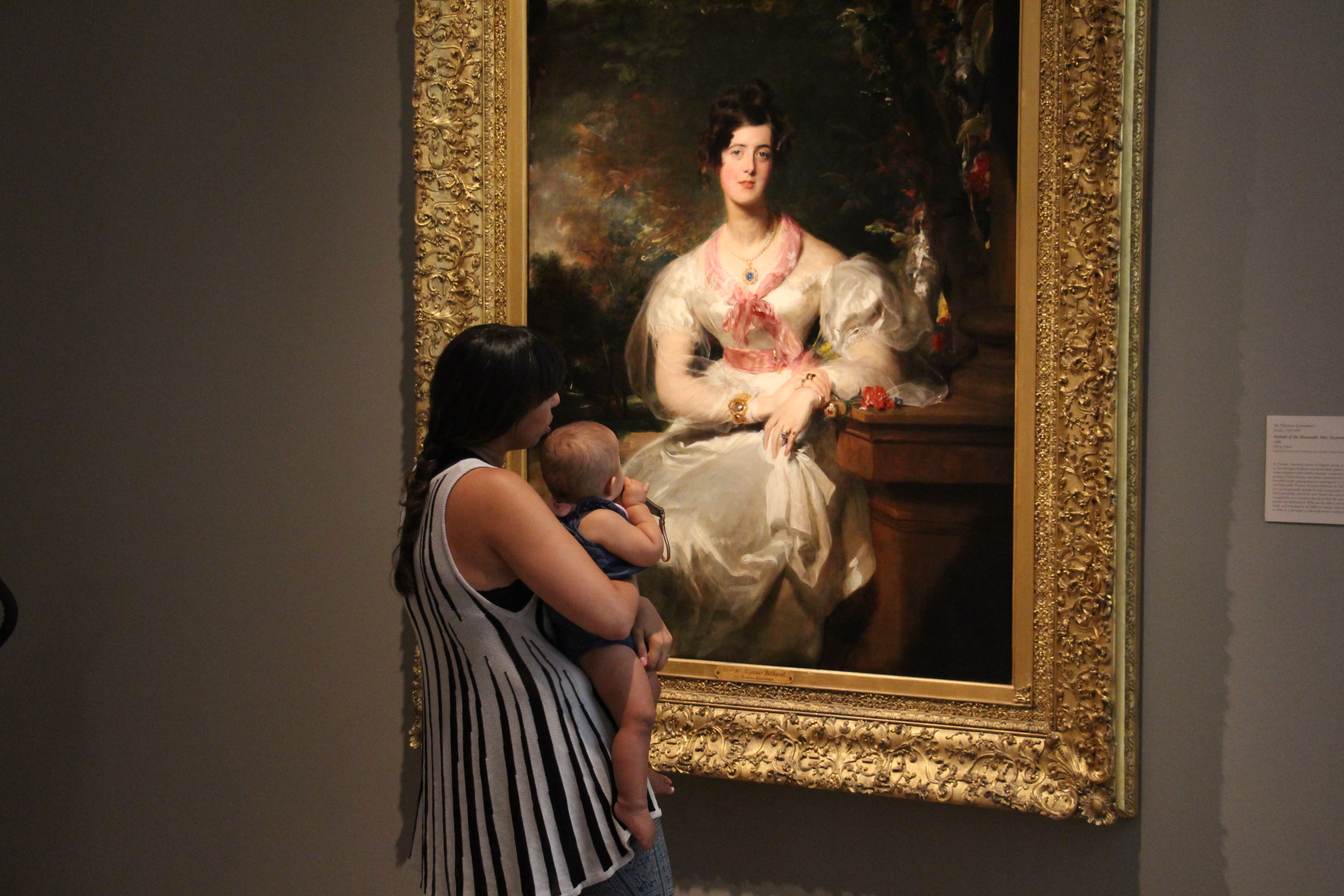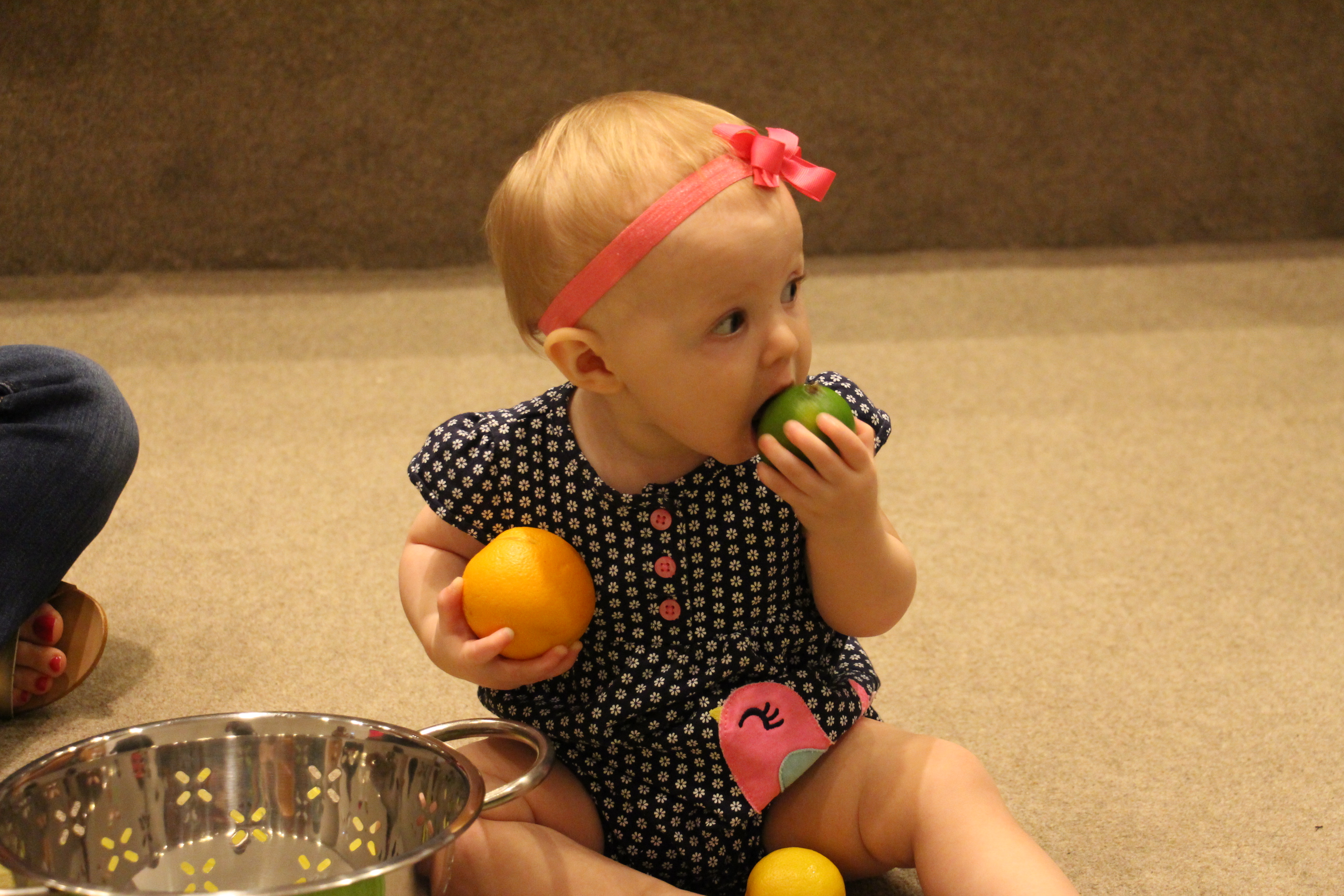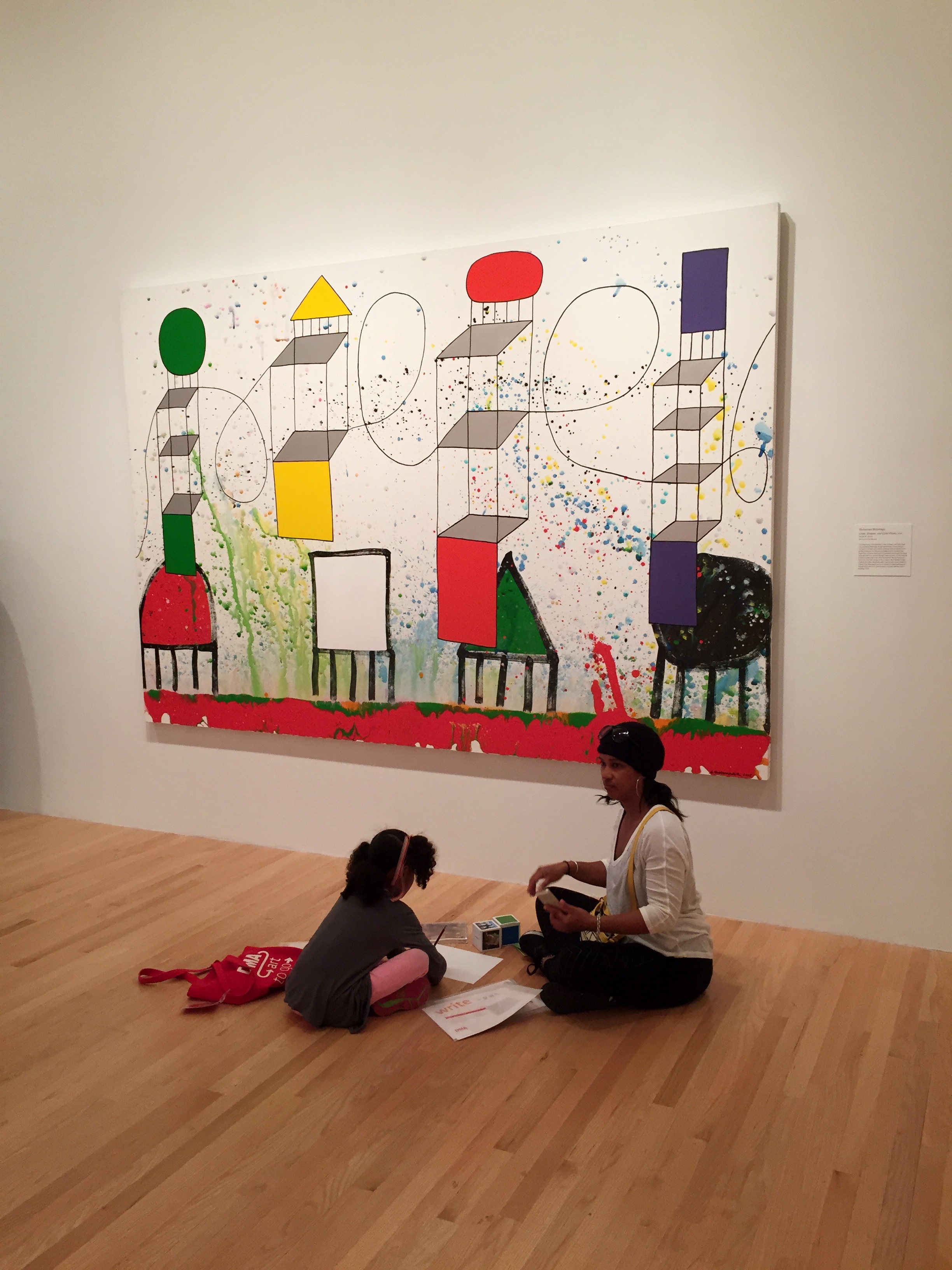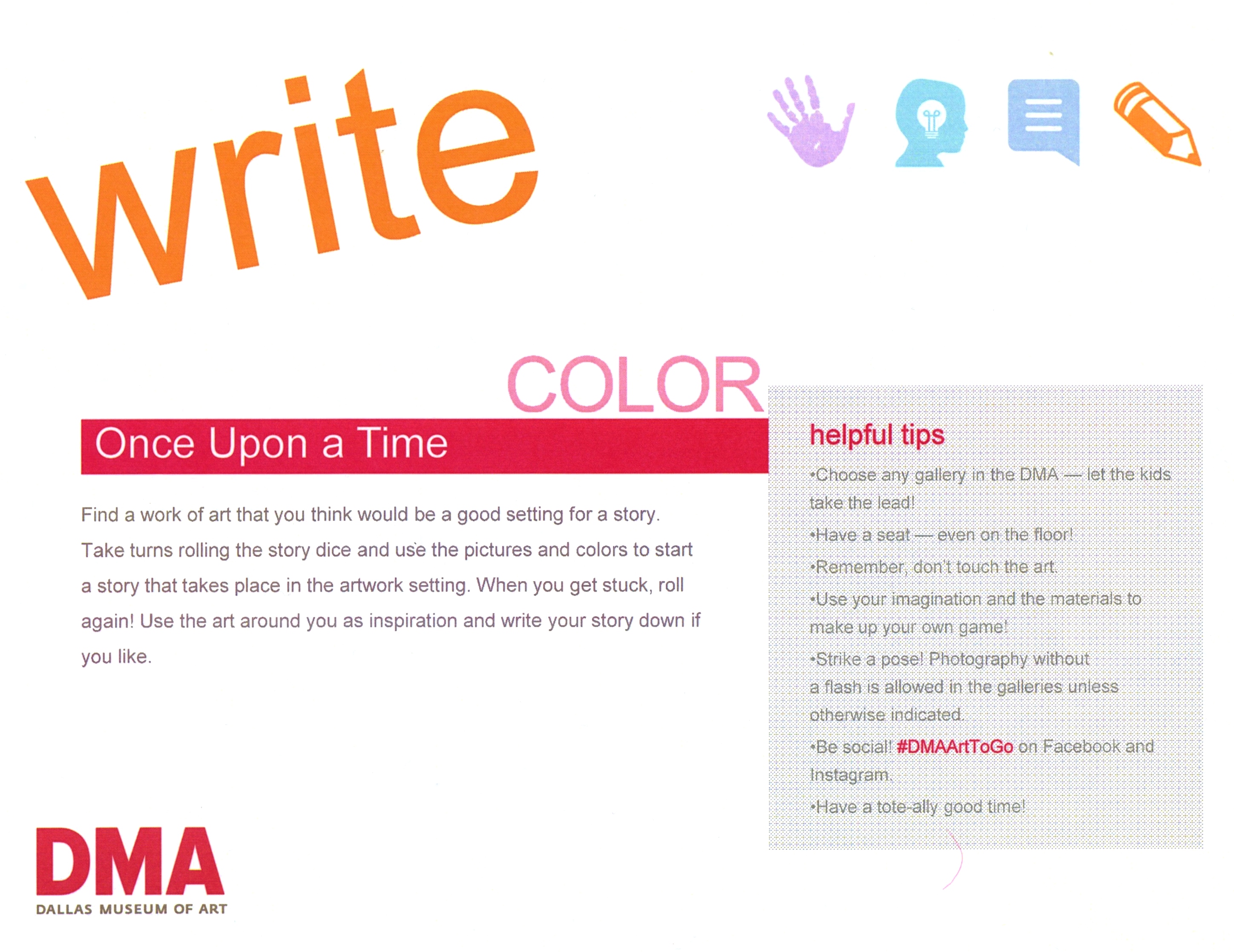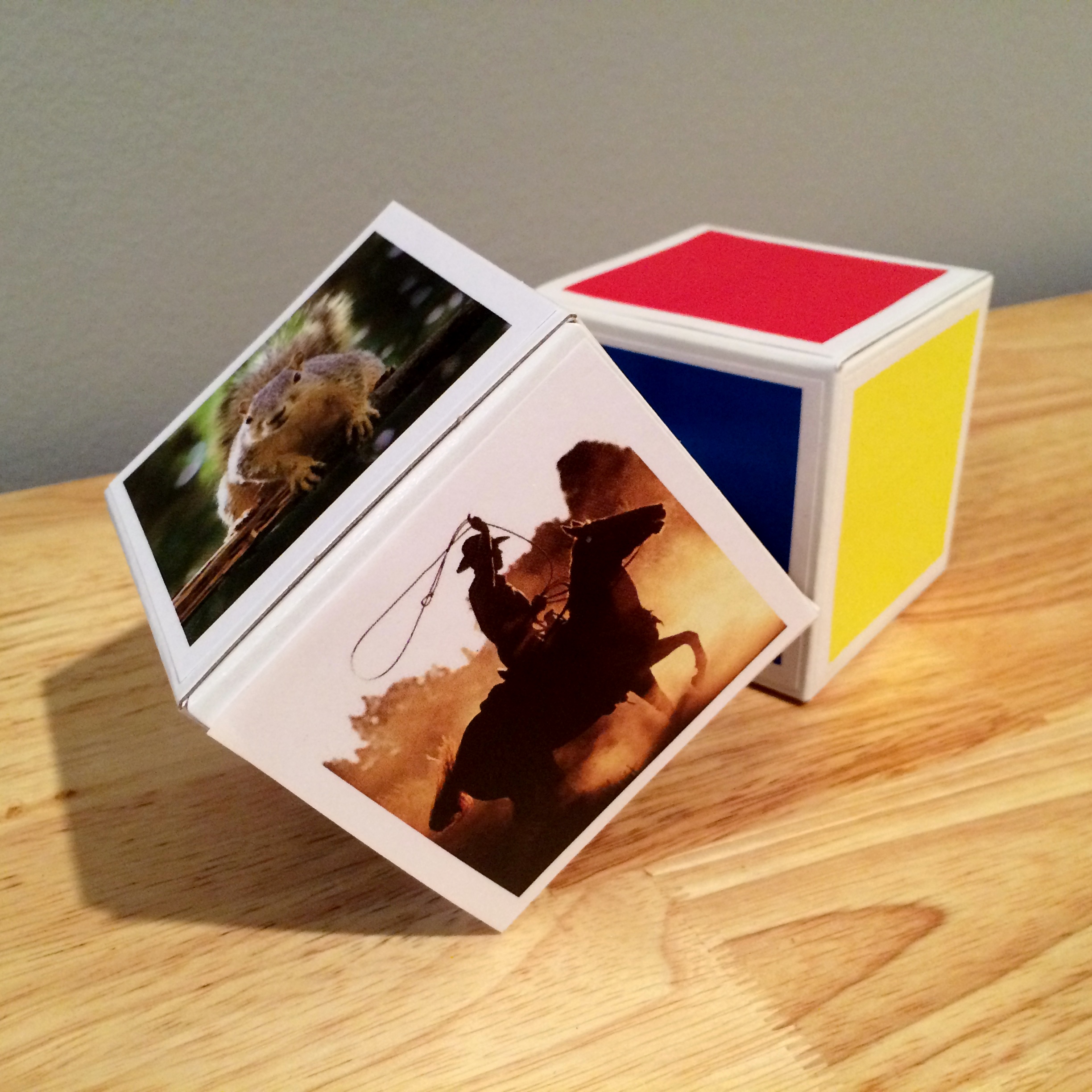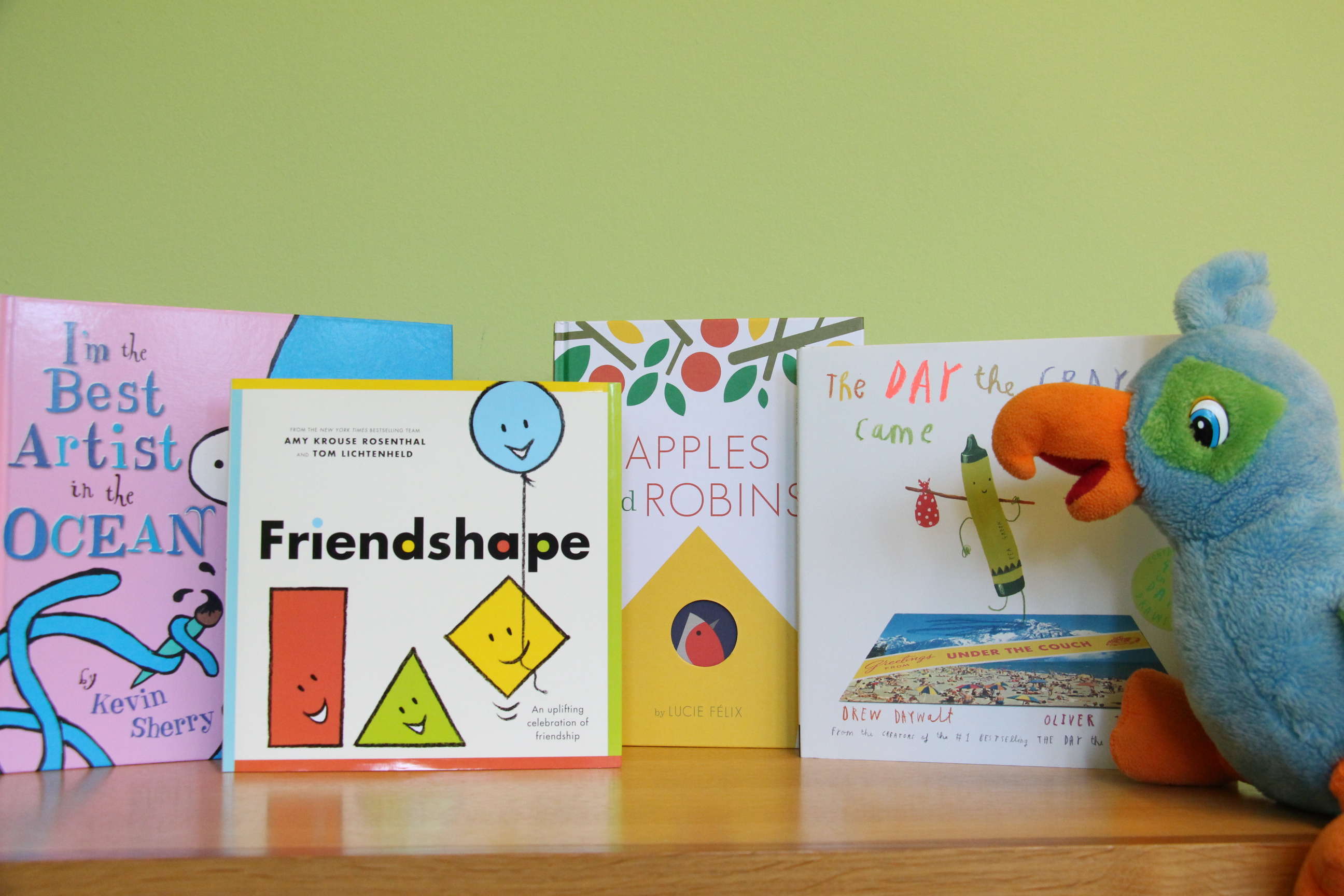
Flowers are blooming, buds are popping out on the trees, and I’ve rounded up a fresh crop of excellent picture book art pairings that will put a spring in your step! From a blissfully confident giant squid to those witty talking crayons, here are four must-reads to add to your bookshelves. Each has Arturo’s seal of approval!
- Louis Comfort Tiffany, Window with Starfish (“Spring”), c. 1885-1895, Dallas Museum of Art, The Eugene and Margaret McDermott Fund, Inc.
Giant Squid is pretty proud of everything he can draw. In fact, he thinks he is the BEST artist in the ocean. But a grumpy shark has a very different point of view. Squid’s clever solution to what could be a (shall we say uncomfortable?) situation will make young readers laugh, while caregivers may notice the illustrator’s sly nod to Picasso’s cubist style.
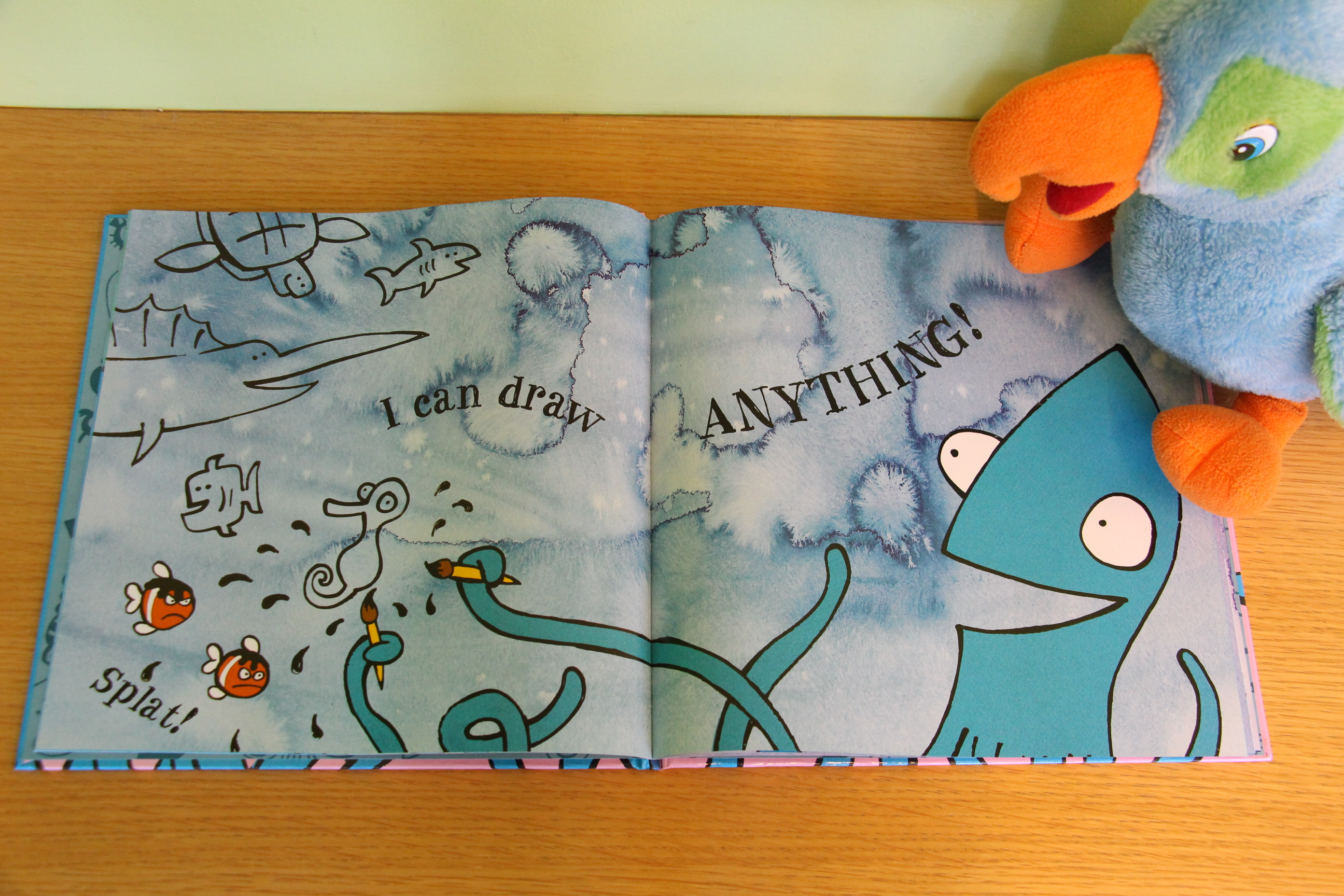
I’m the Best Artist in the Ocean by Kevin Sherry is a perfect pairing with our beautiful Tiffany windows. Search for starfish, sea anemones, jellyfish, and even eels, while imagining what Giant Squid would think of the jewel-like glass. At home, make Giant Squid proud with your own squid art!
- “Marshmallow” sofa, Irving Harper, George Nelson Associates, c. 1954-1955, Dallas Museum of Art, 20th-Century Design Fund
“Friends shape who we are,” and square, rectangle, circle and triangle are the best of pals. They play together, they support each other, and even when they squabble with each other, they know that their friendship is what matters most.
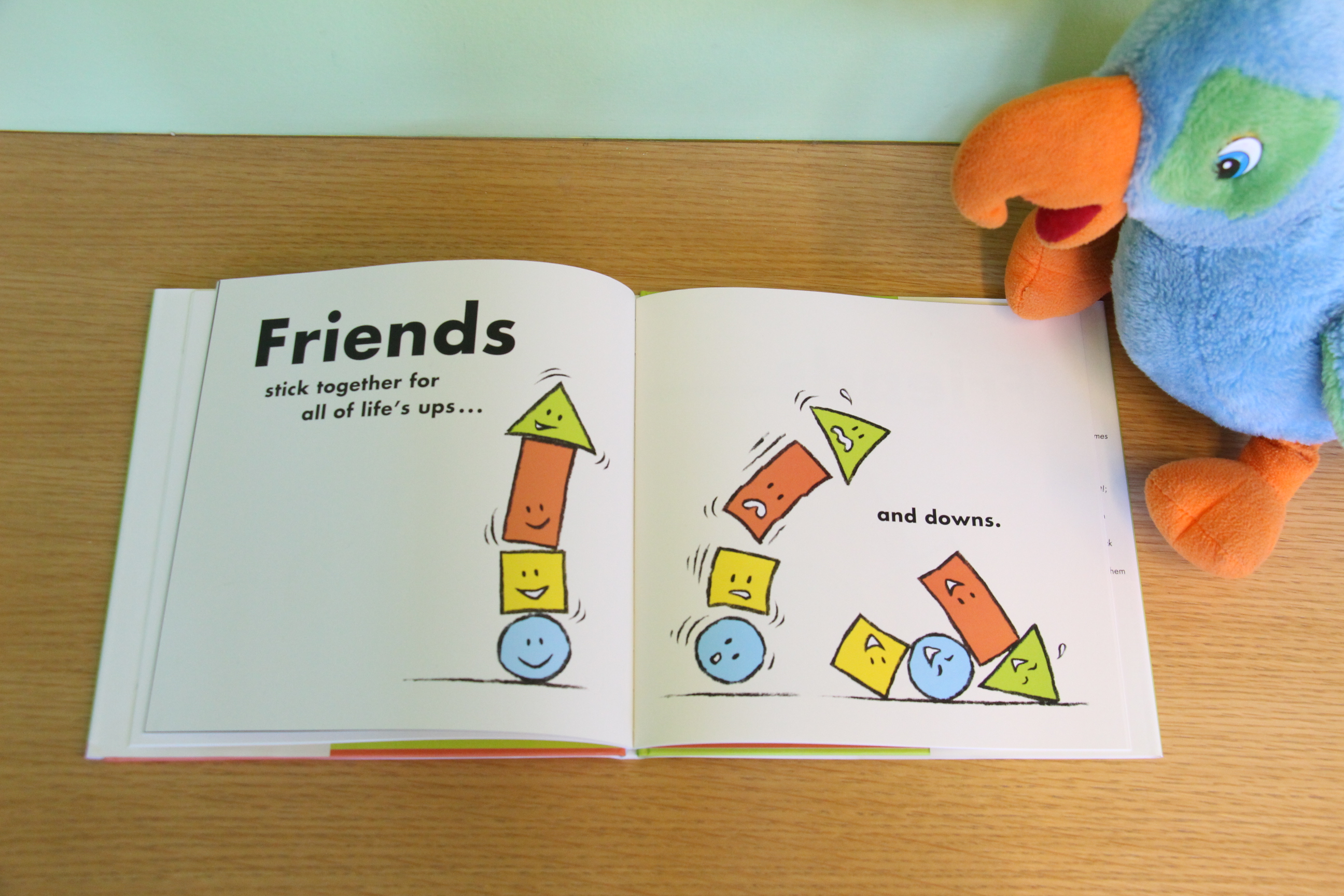
Friendshape by Amy Krouse Rosenthal and Tom Lichtenheld is one of those books that puts a smile on your face and warms your heart. The seemingly simple illustrations are bursting with personality and are a perfect way to show young artists how shapes can work together in different configurations to create all kinds of pictures. One particular page spread shows the friends as a rocket blasting off to the moon, and even without the text, children instinctively understand what the illustrator has done. Read this delightful book in the Decorative Arts gallery and take a closer look at the Marshmallow sofa to see how circles have been transformed into a stylish place to sit. At home, download this printable and make your own shapes into the loveable characters from the book.
- Camille Pissarro, Apple Harvest, 1888, Dallas Museum of Art, Munger Fund
One of my favorite signs of spring is the birds chirping outside my window each morning. In Apples and Robins by Lucie Felix, we see not only birds outside the window, but apples hanging from the tree, worms munching through an apple, a birdhouse being built, and a basket for gathering apples.
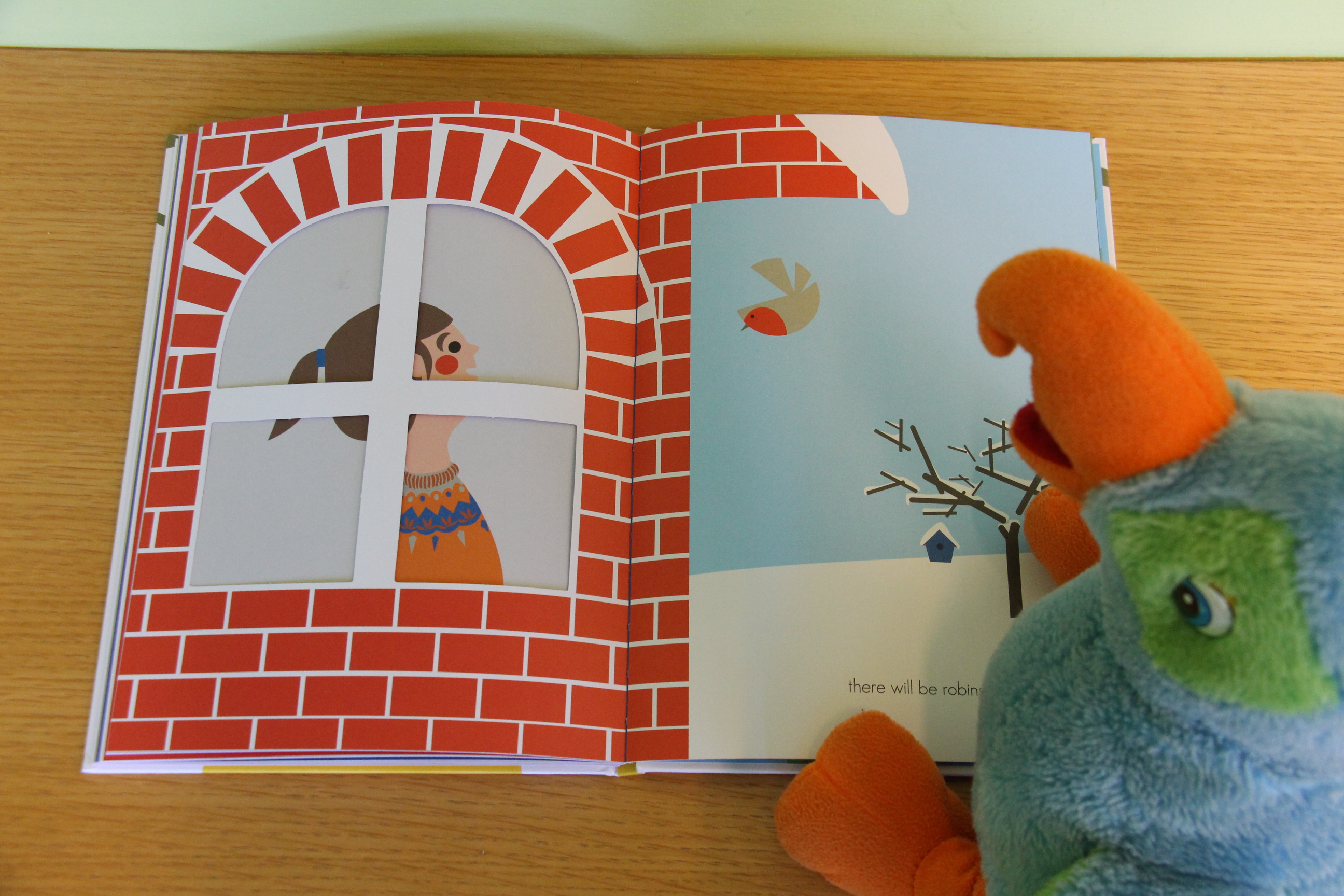
The genius of this book is clever cut-outs that transform into new pictures with the turn of a page. As with Friendshape, readers will discover how shapes become something more with a little bit of creativity. The bold, bright illustrations are inviting and the cut-outs will have children eagerly turning the pages to see what happens next. Why not bring this book along with you for a quick visit to Apple Harvest by Camille Pissarro? Then at home pull out the tried-and-true apple printing project to create your own apple art. This helpful post from the TinkerLab blog has great suggestions for setting up an apple printing station at home.
- Head and upper torso of Seti I, 1303-1200 B.C.E., Dallas Museum of Art, purchased in honor of Betty B. Marcus with the Art Museum League Funds, the Melba Davis Whatley Fund, and the General Aquisitions Fund
You might have thought that after Duncan’s crayons famously quit, that would be the last we’d hear of them. But they are up to their crazy antics again, and this time, all they want to do is come home! Tan crayon was eaten by the dog, Maroon crayon got lost in the couch, and Neon Red crayon was left behind at a hotel on summer vacation. In their postcards to Duncan, each crayon laments their troubles and either whines, wheedles, or begs for him to rescue them. Well, all except Neon Red who has set out on its own to find a way back in The Day the Crayons Came Home by Drew Daywalt.
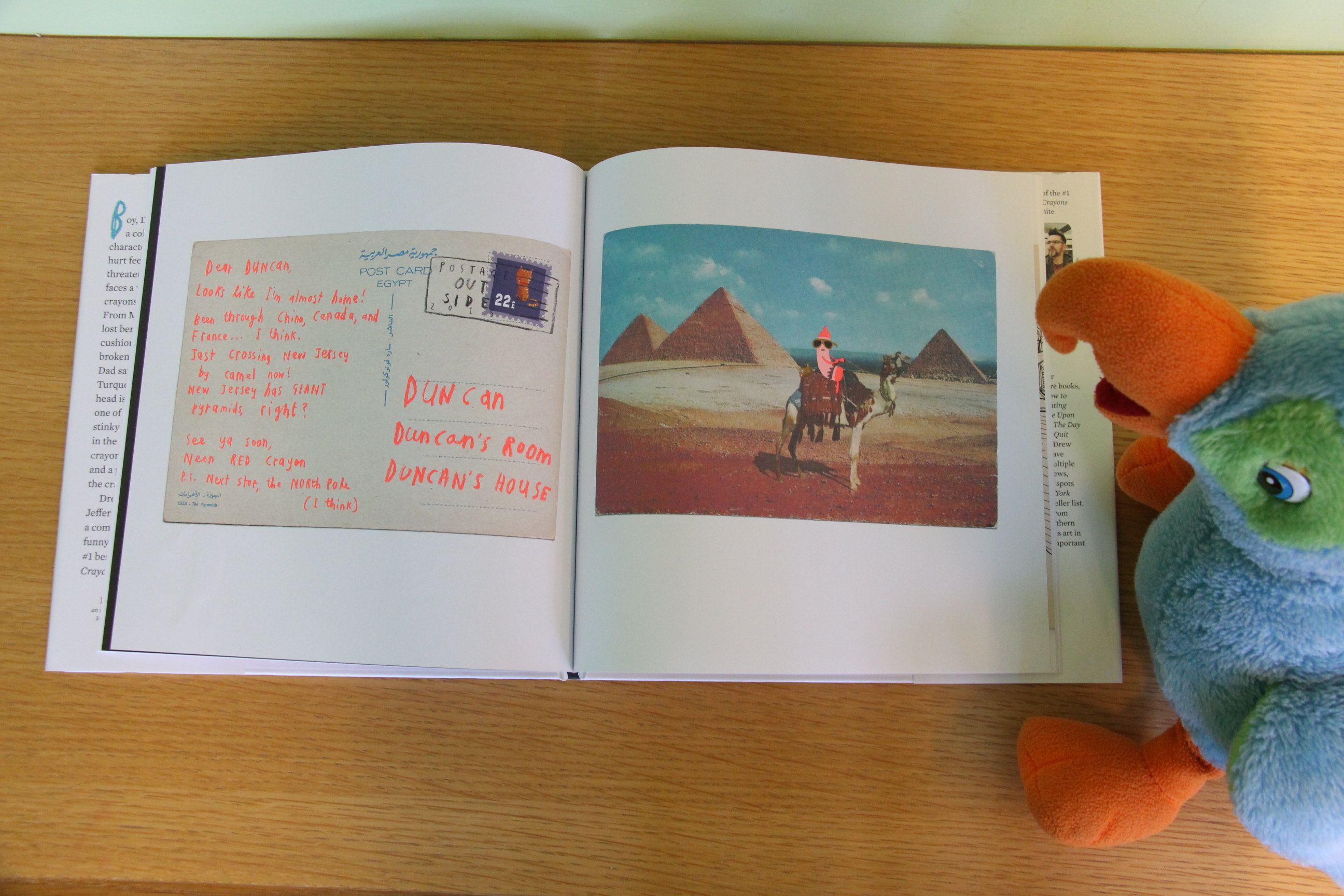
I’d like to think that the crayons would have a ball anywhere in the Museum, but it would be especially fun to visit places Neon Red sees on the journey home. New Jersey (according to Neon Red) has some great pyramids, but we all know that Ancient Egypt is the place to be for pyramids, mummies, and more. Visit our Ancient Egypt gallery and imagine Neon Red roaming through on a camel!
And for all the crayon-lovers out there, don’t miss the chance to hear Drew Daywalt talk about his colorful characters in person here at the DMA on May 22–get your tickets here!
Happy reading!
Leah Hanson
Manager of Early Learning Programs
